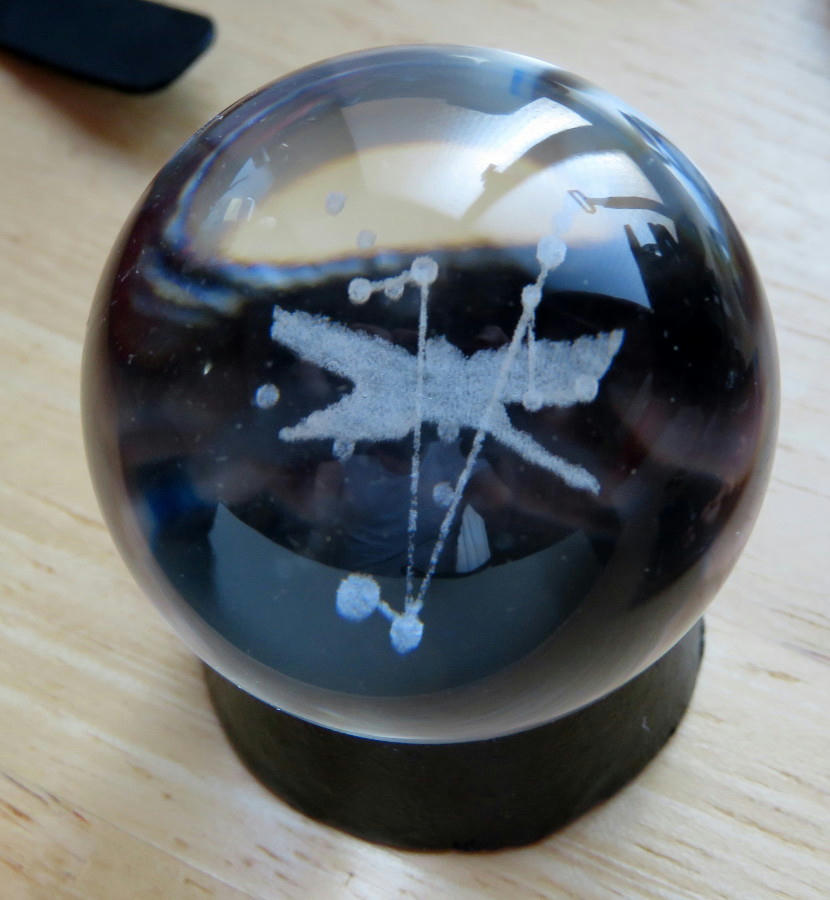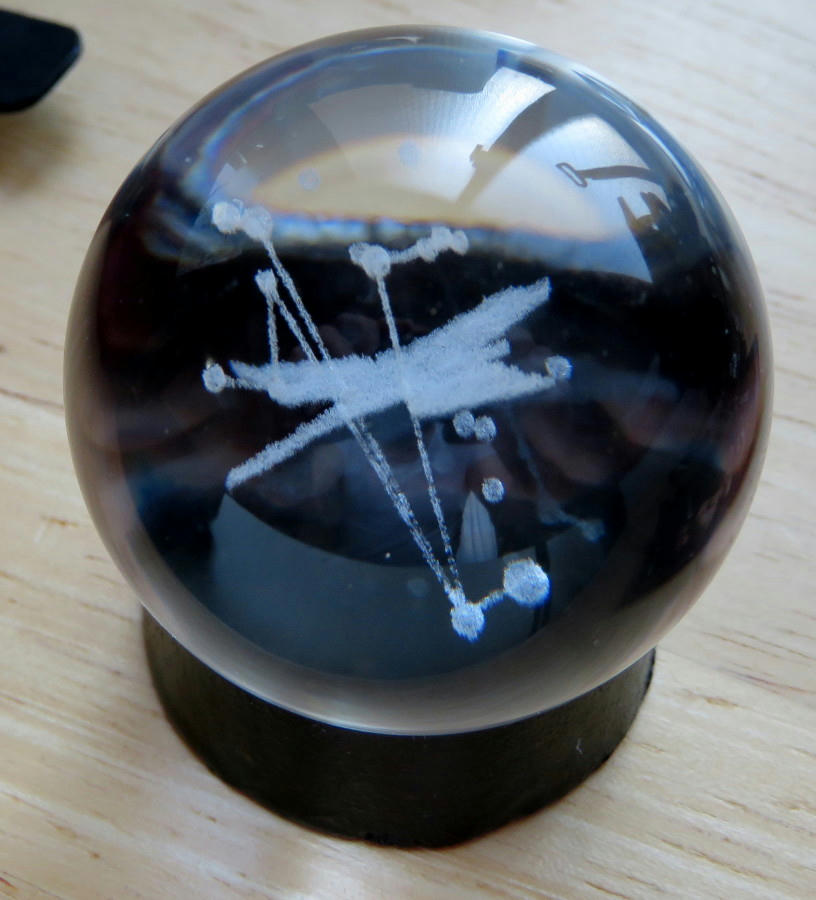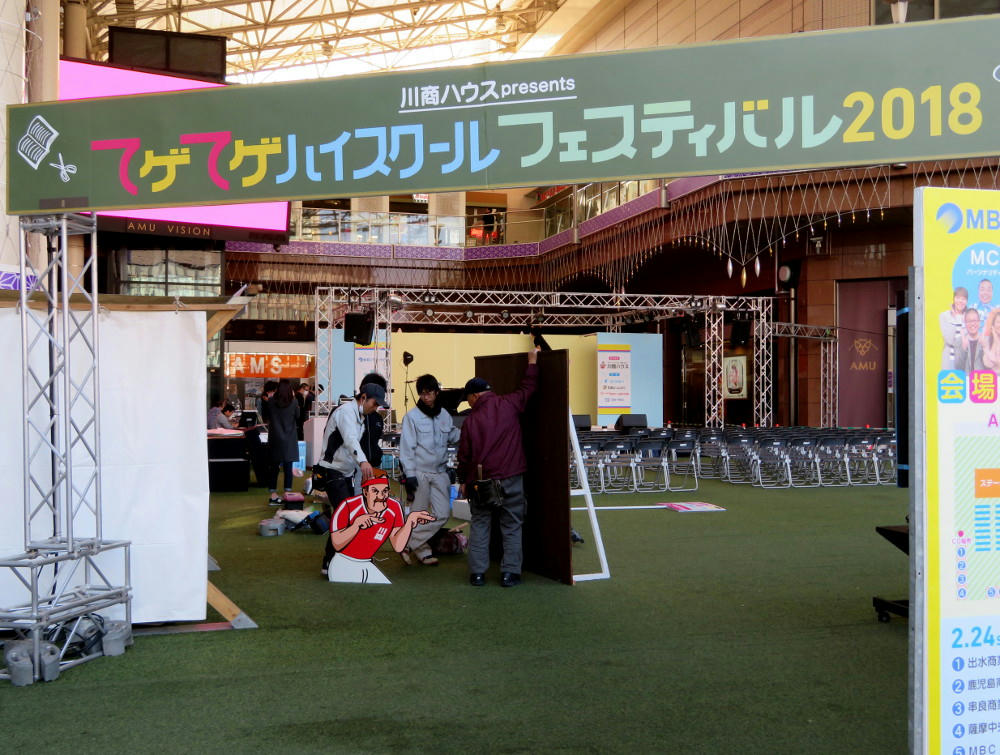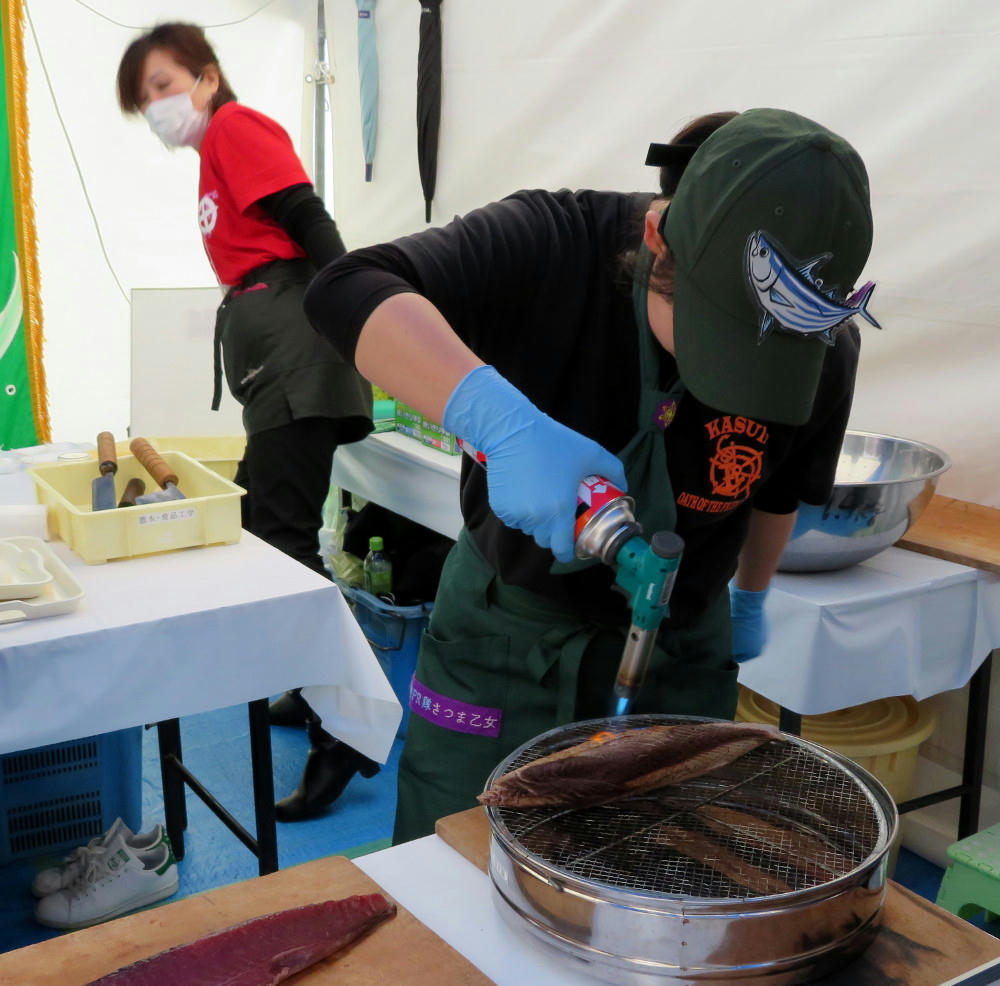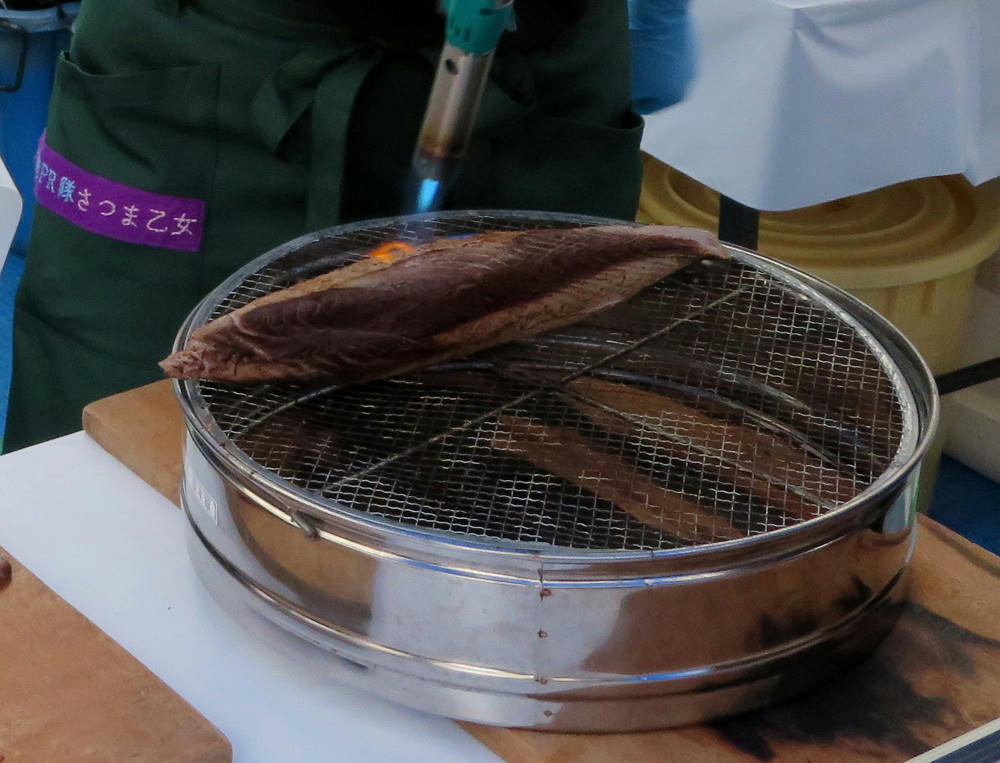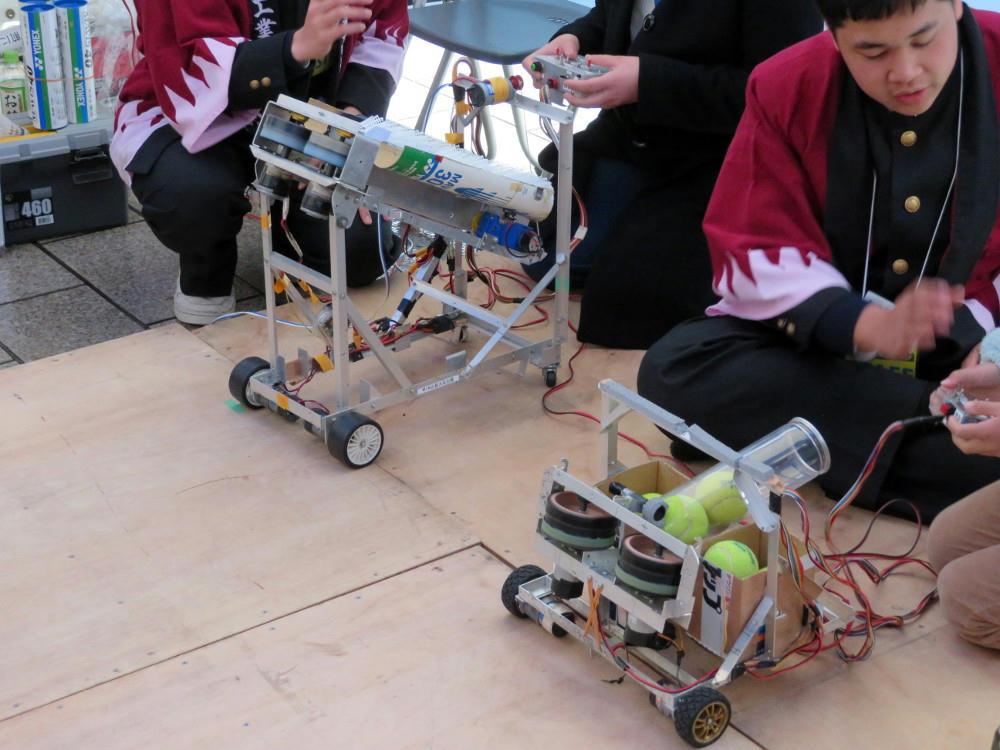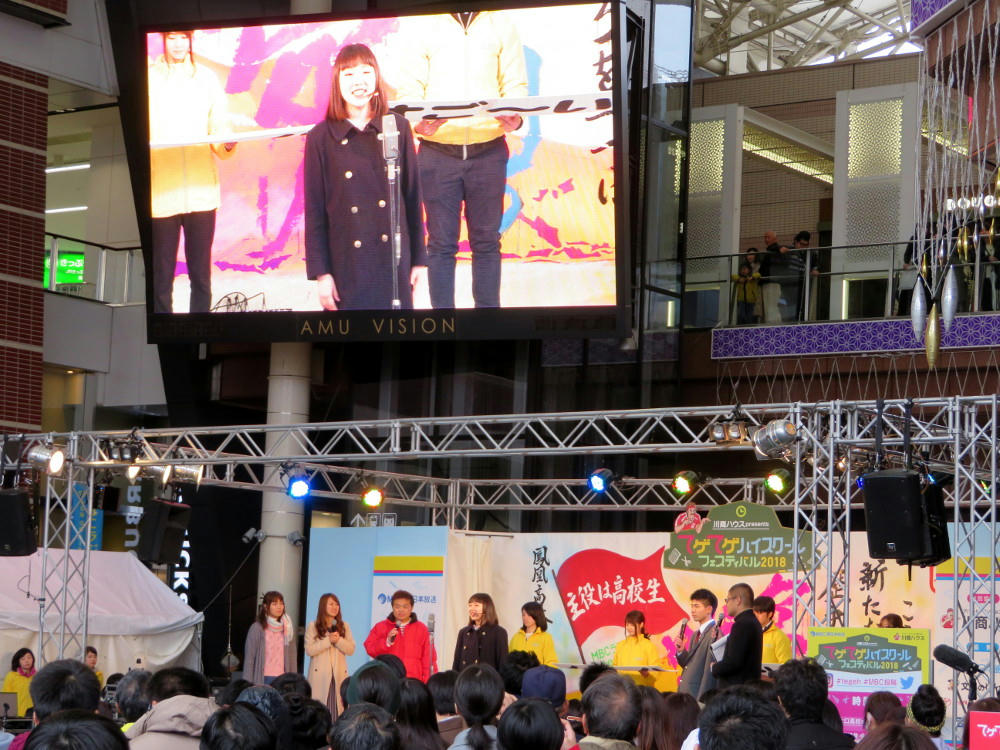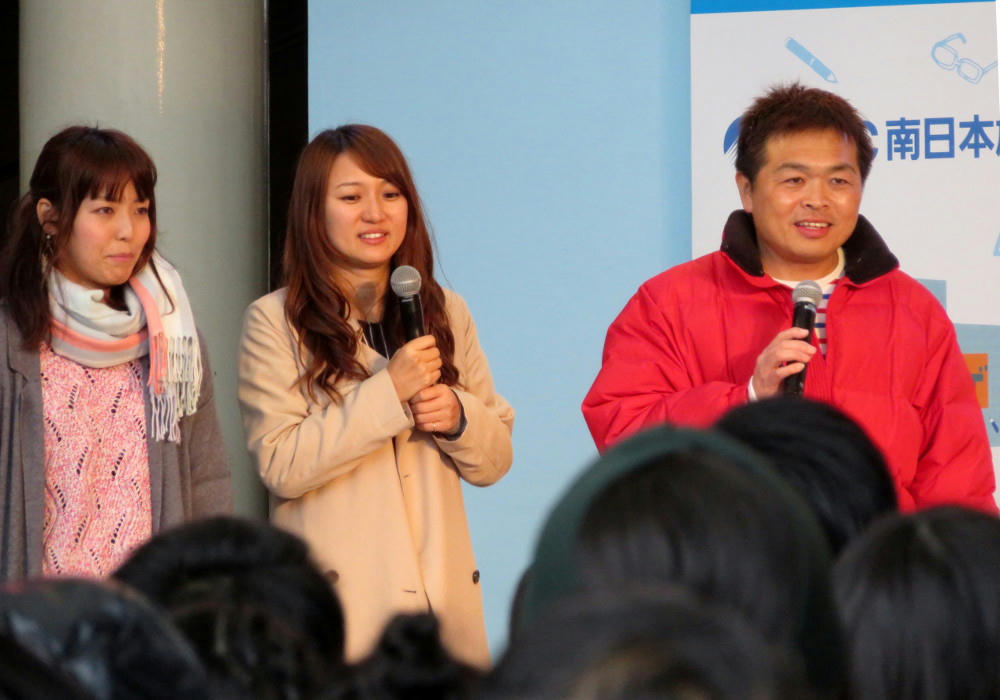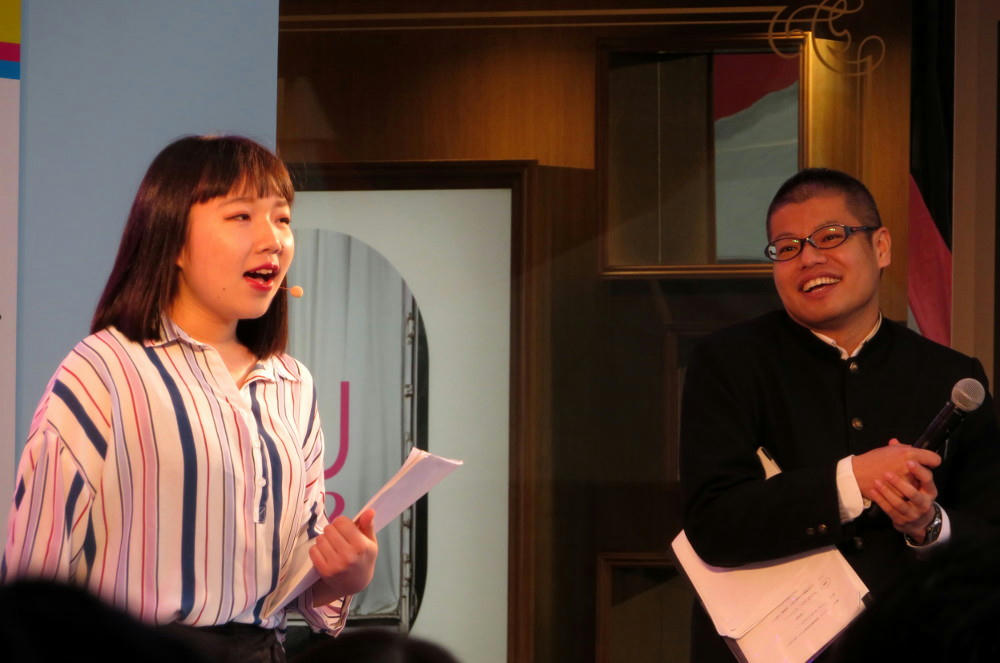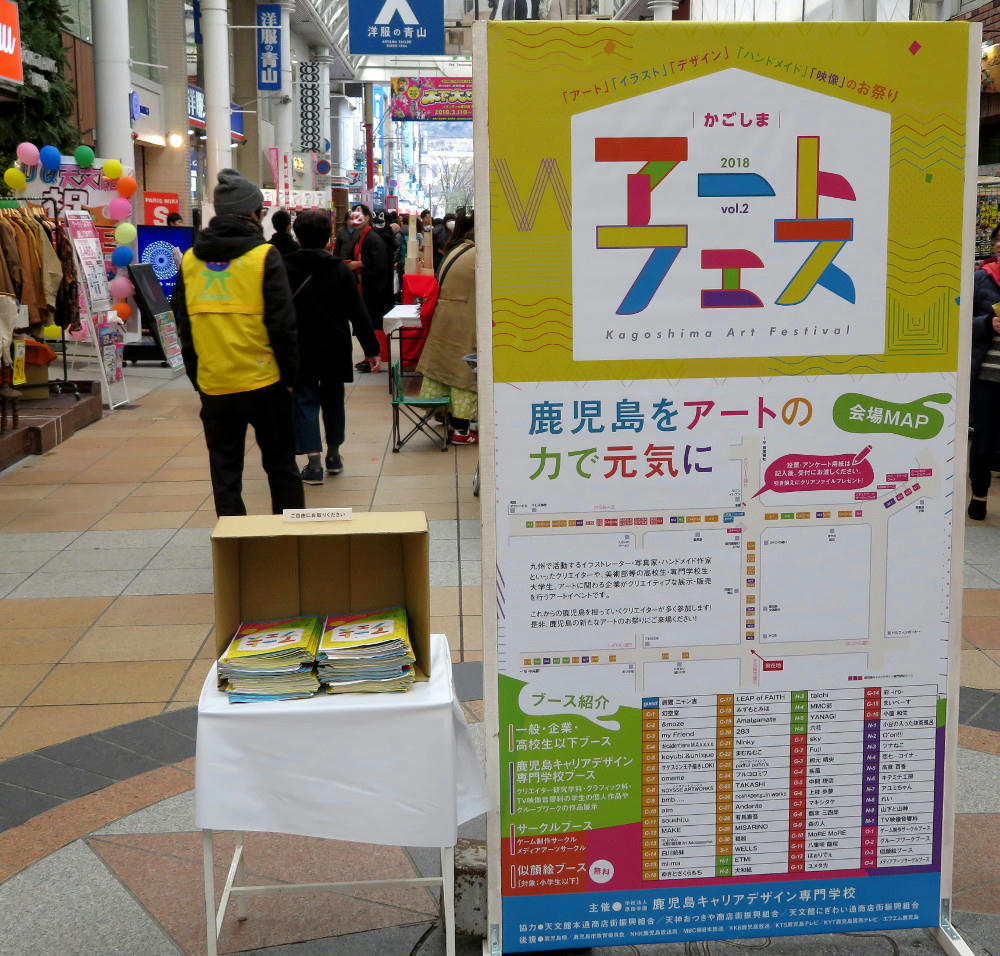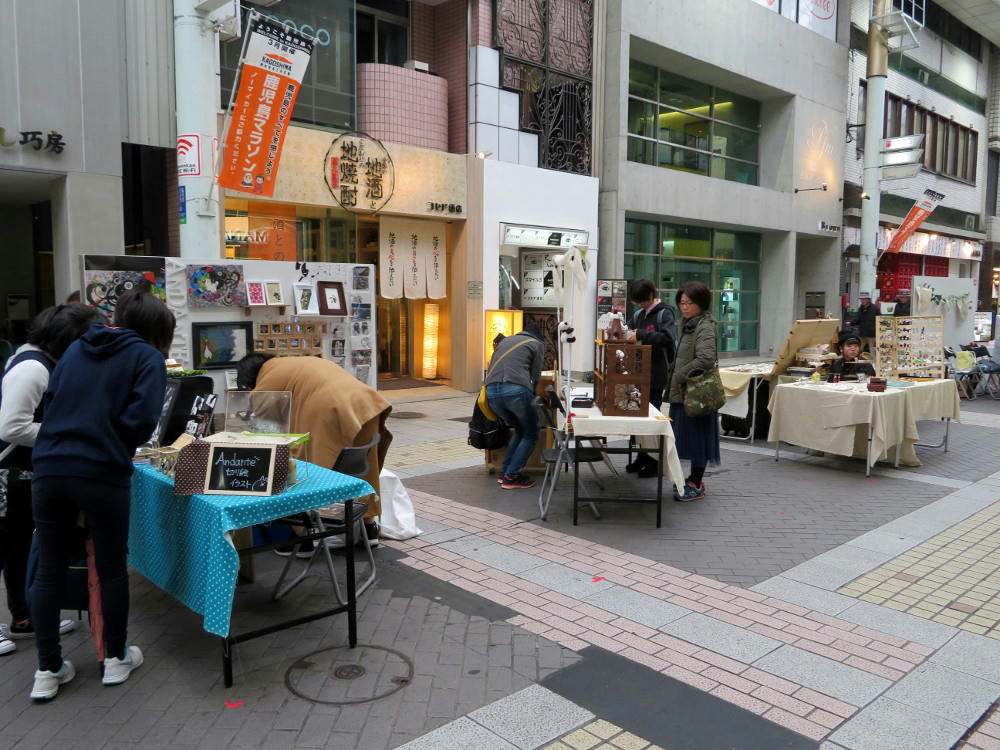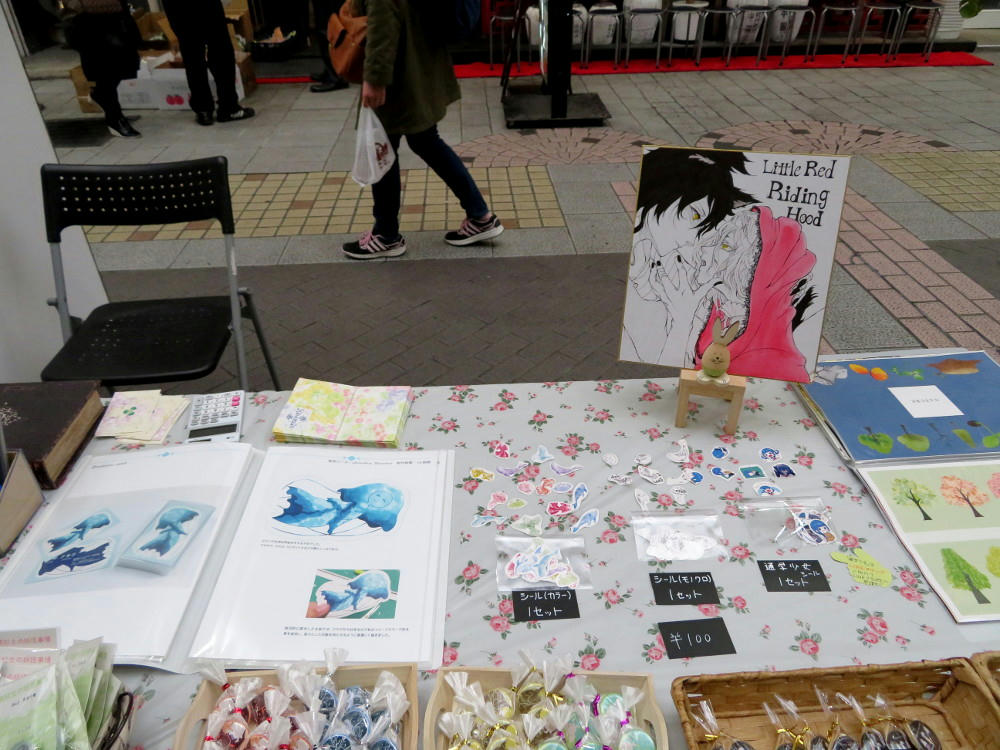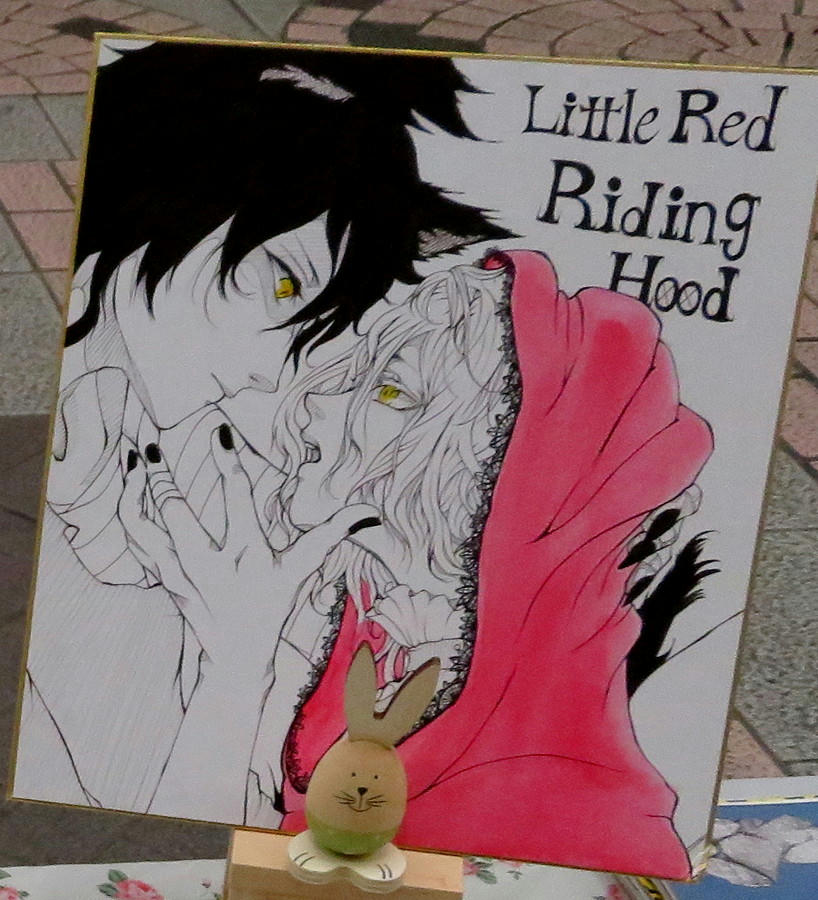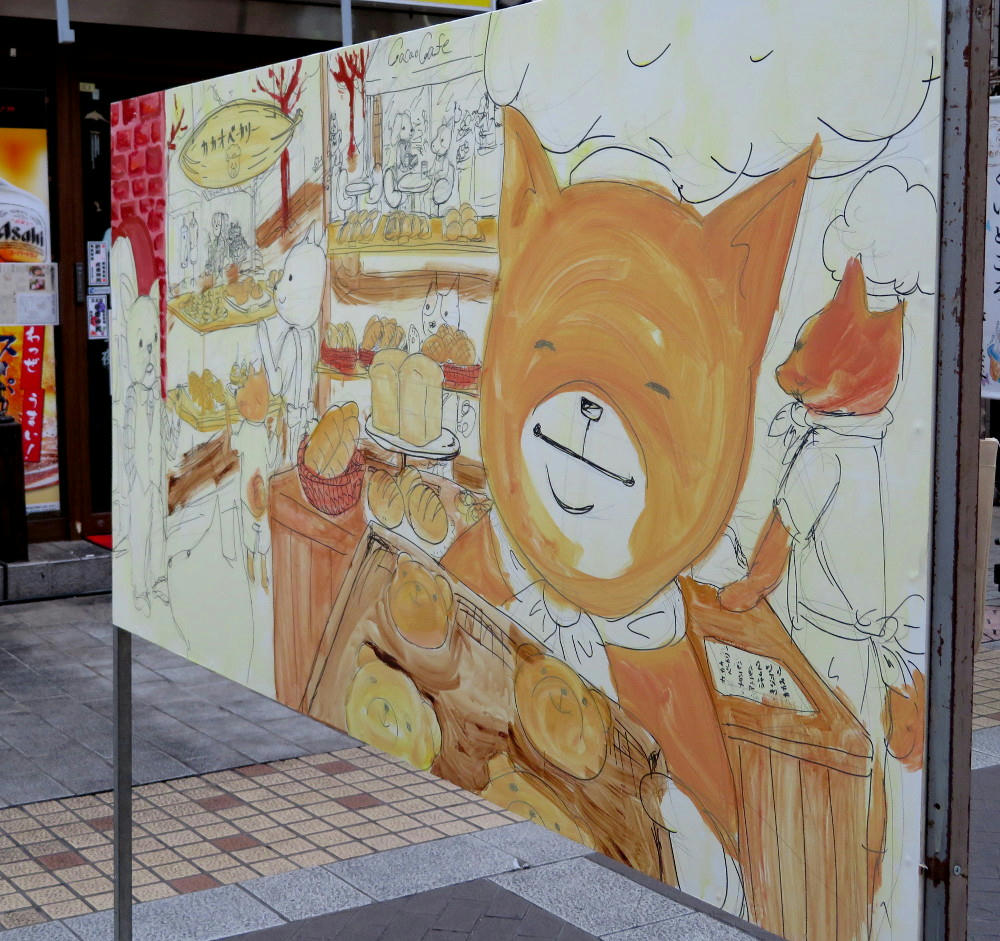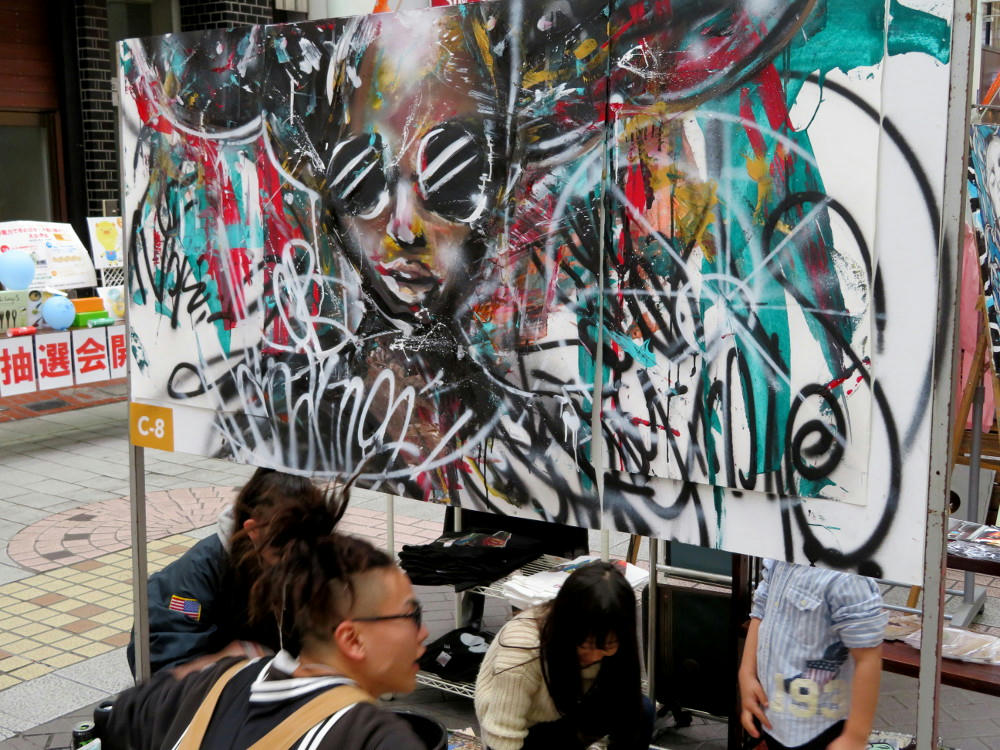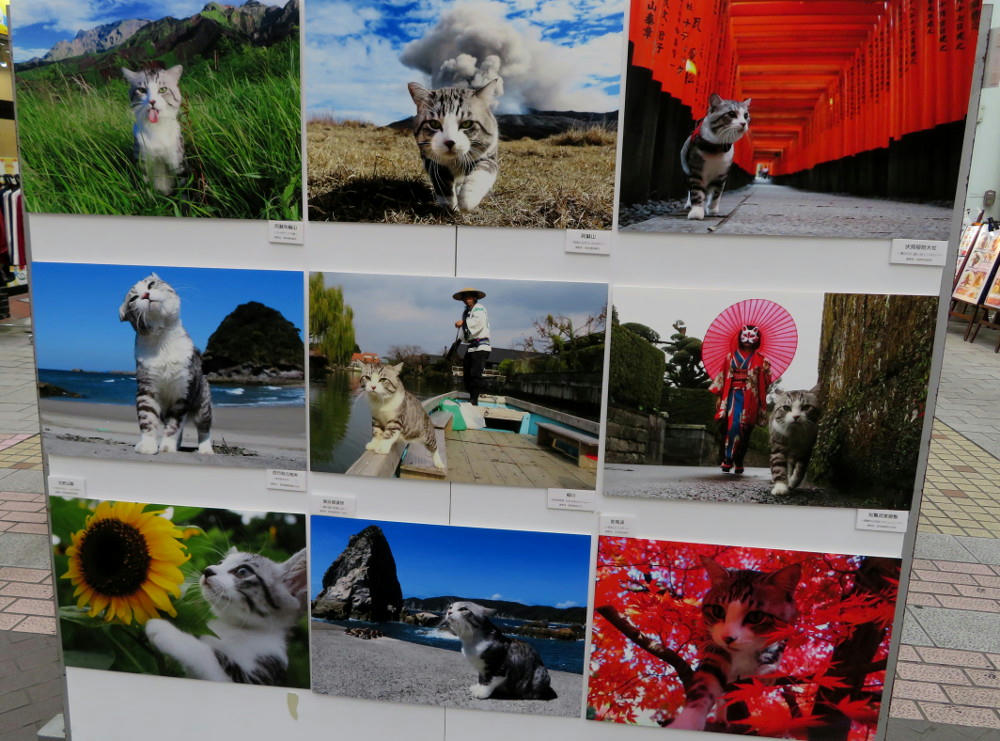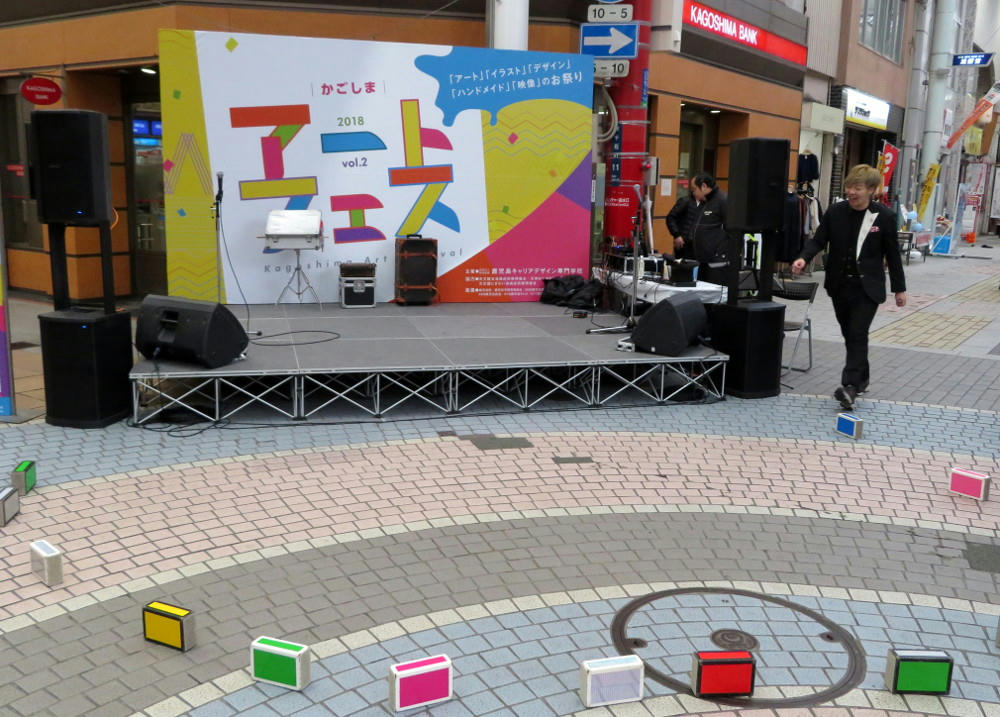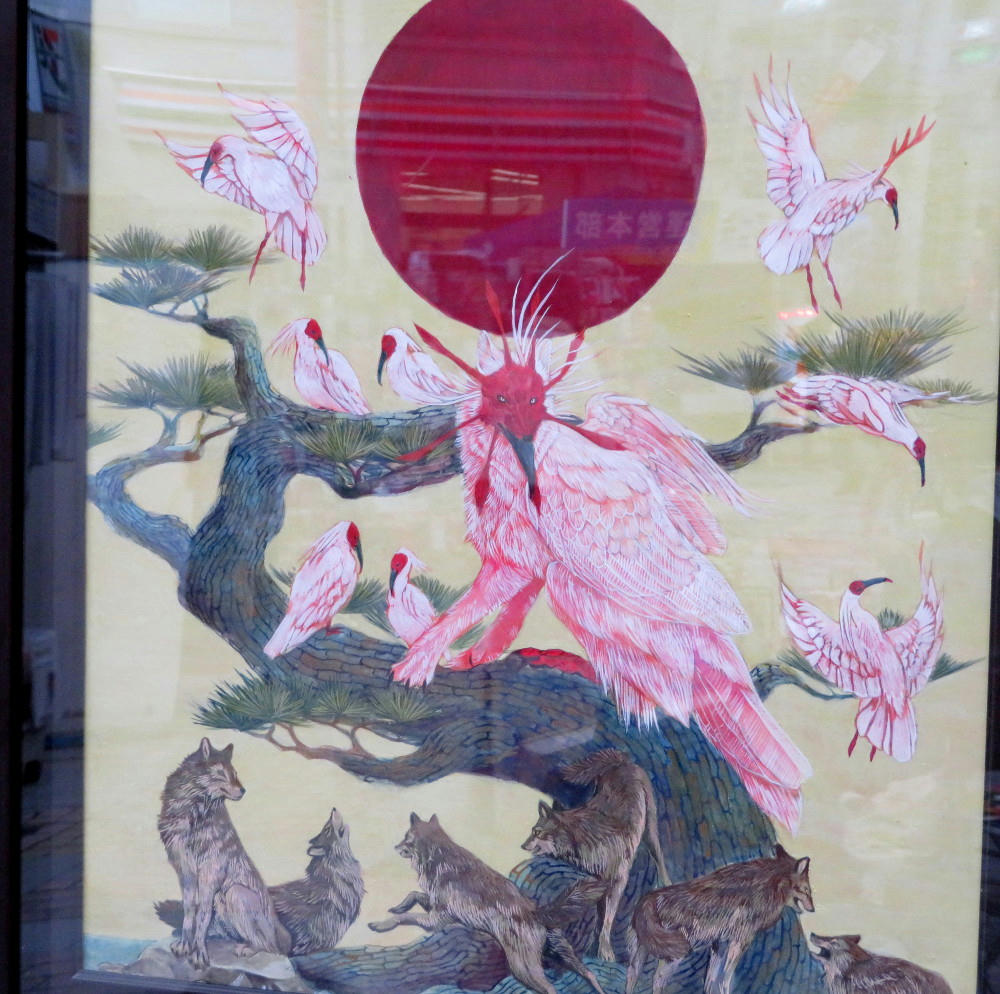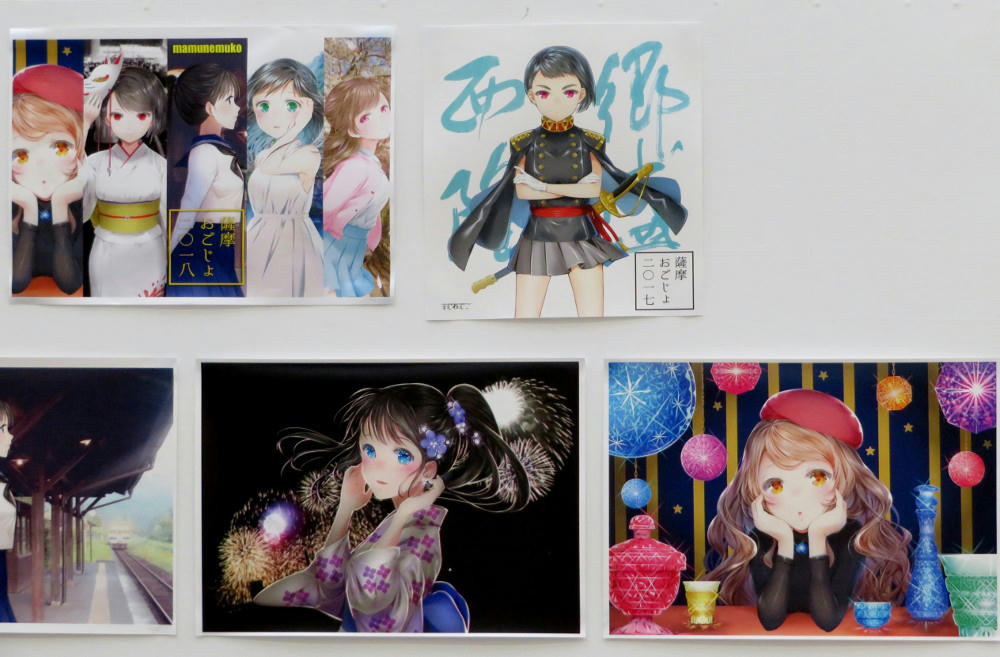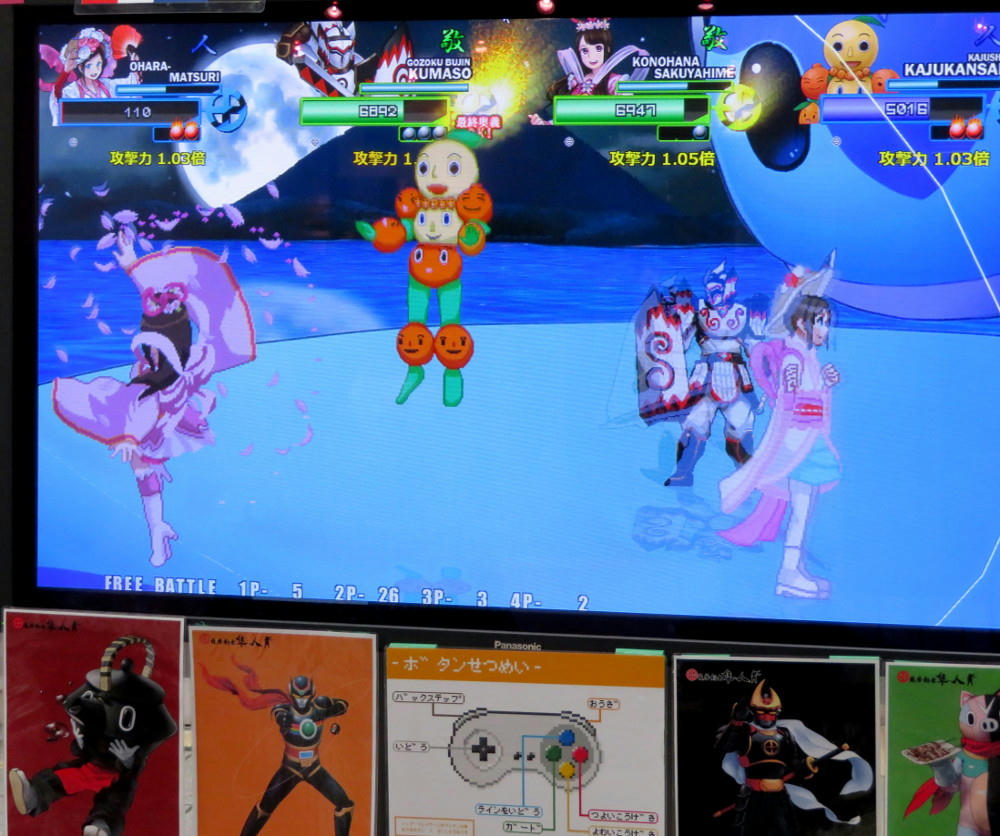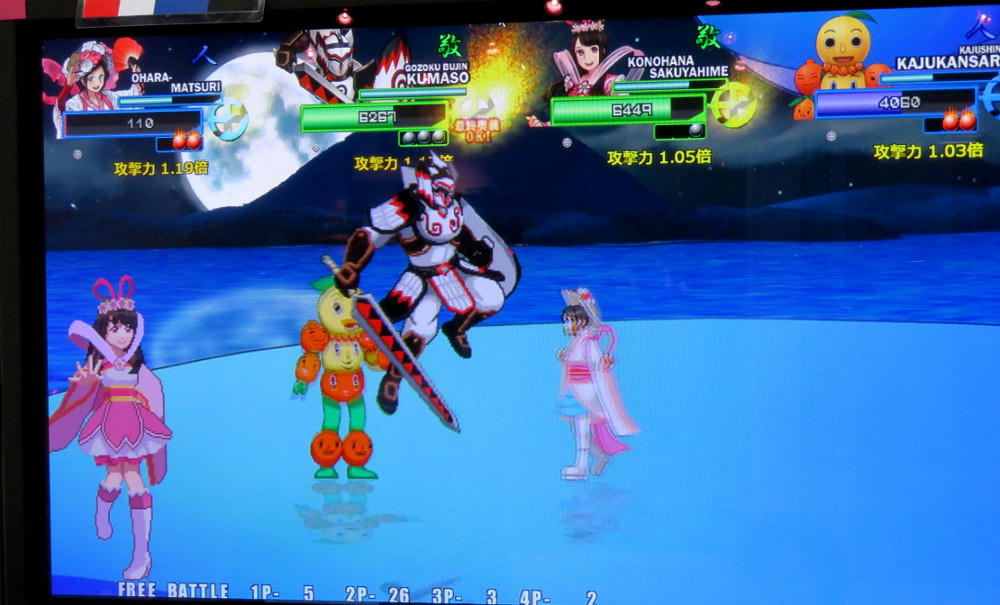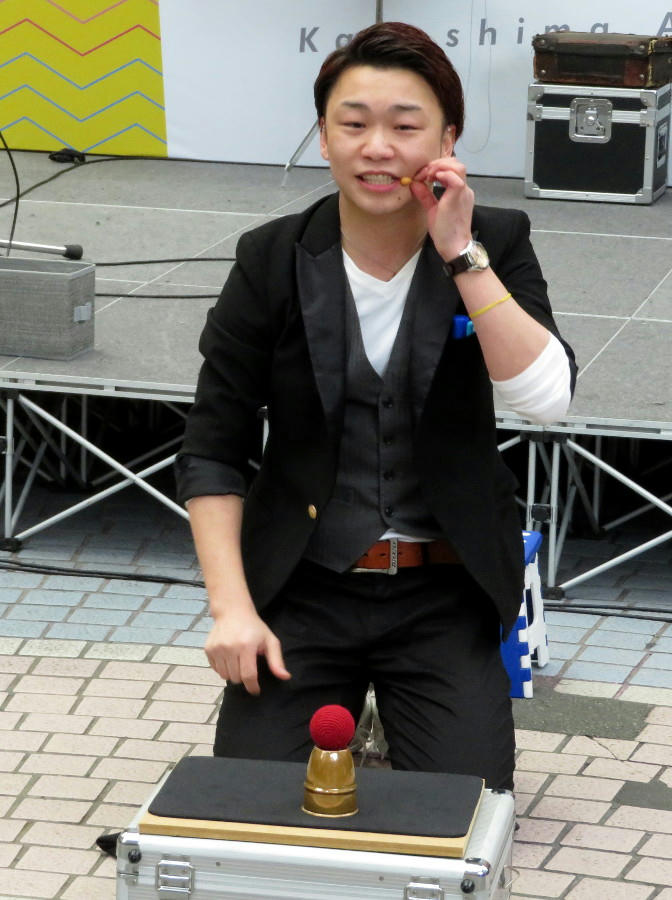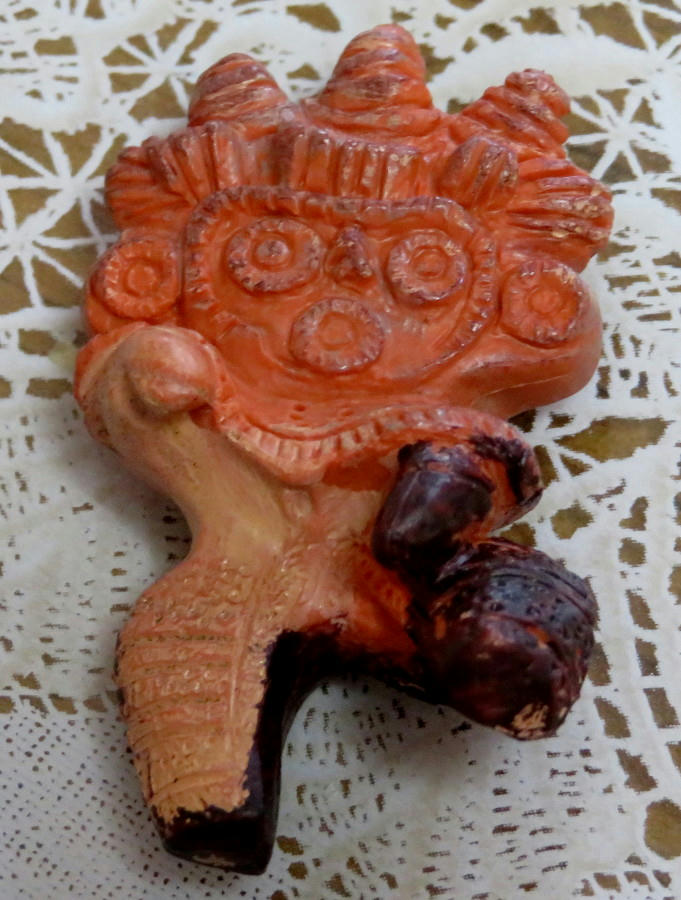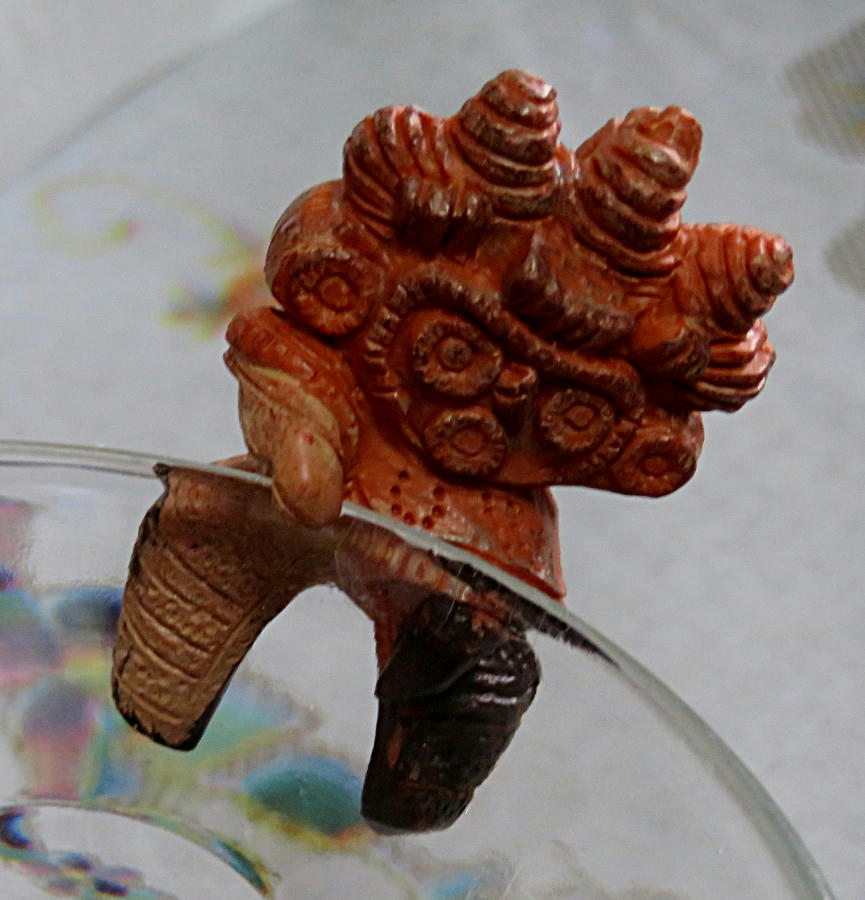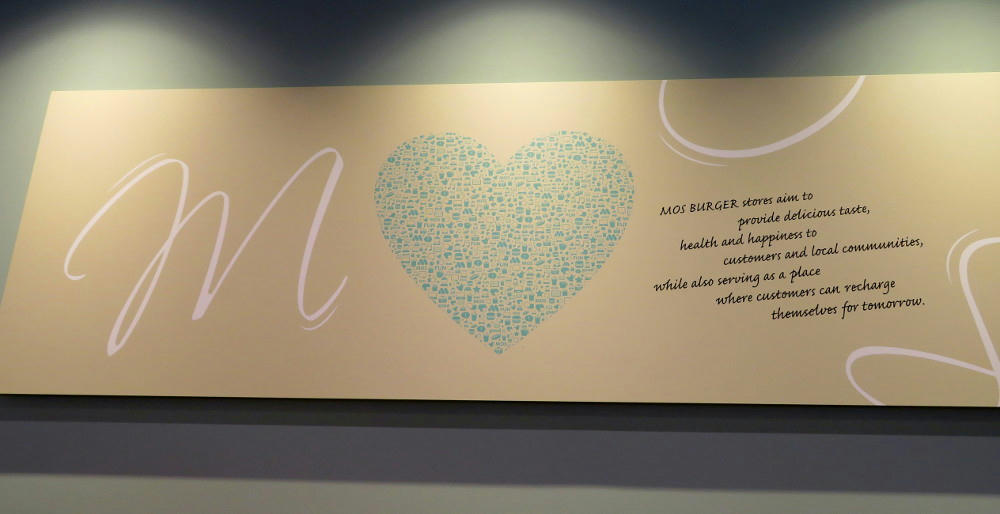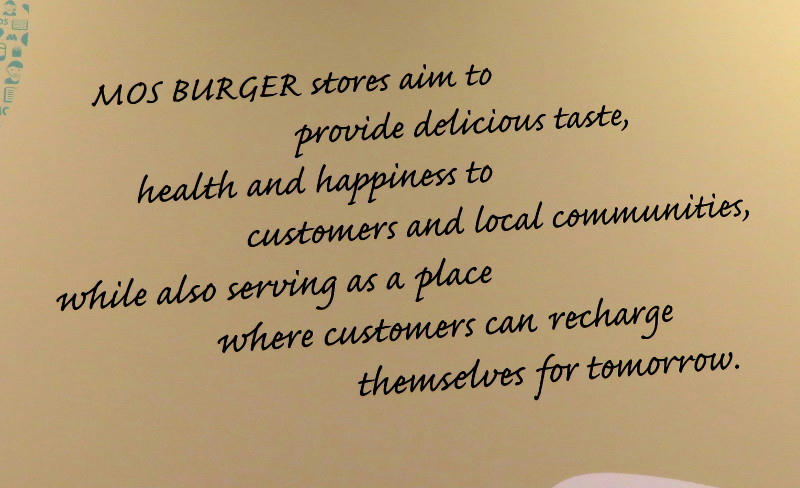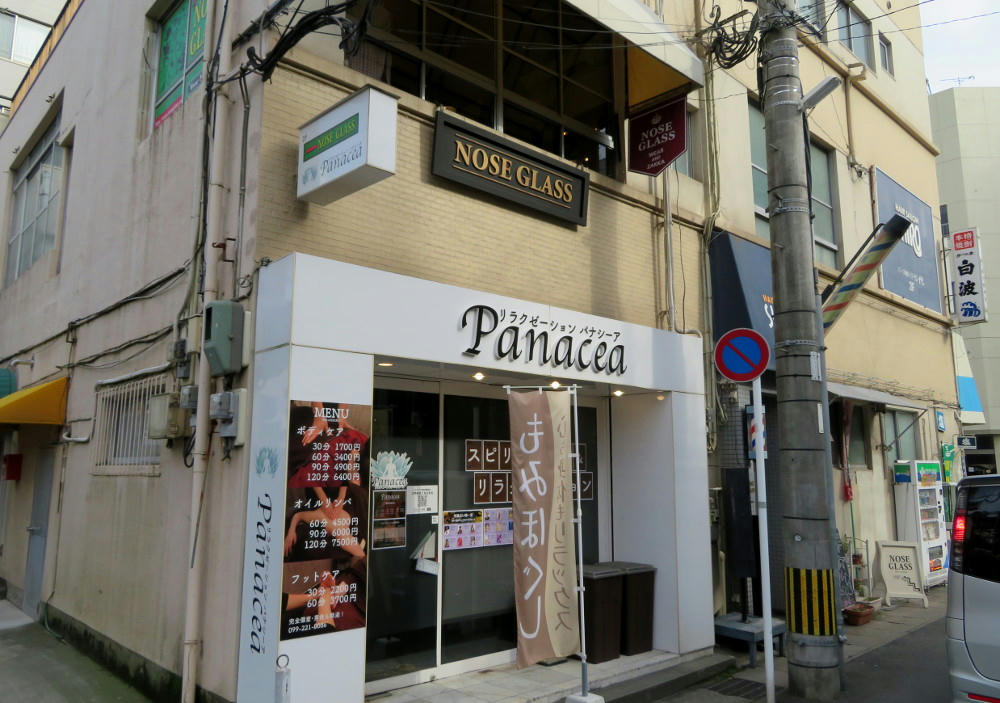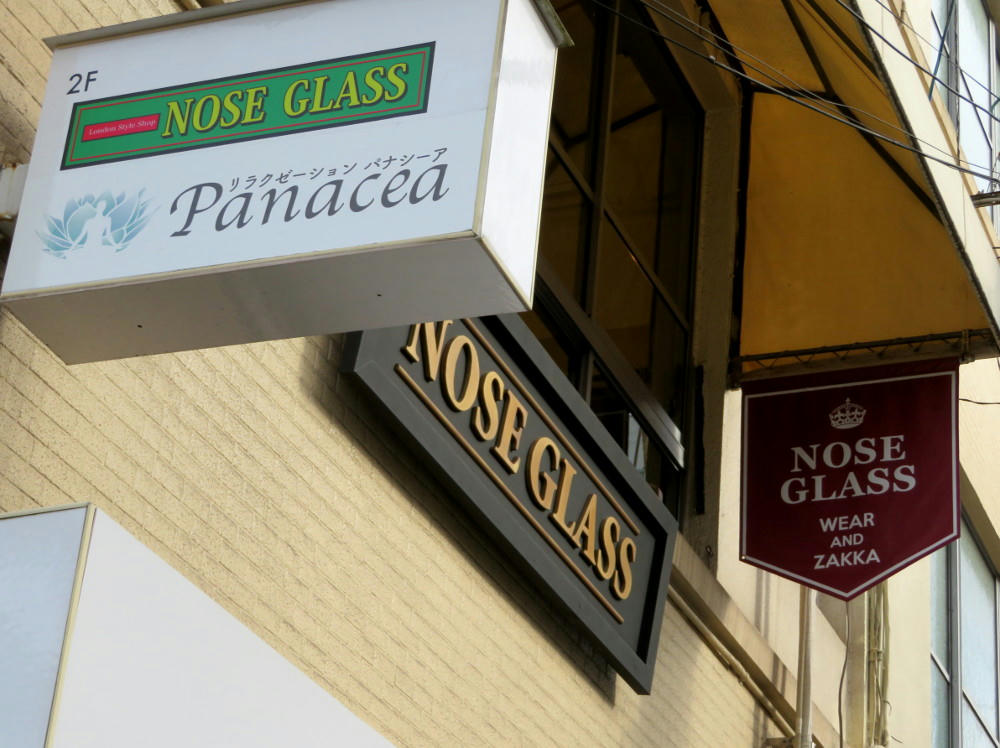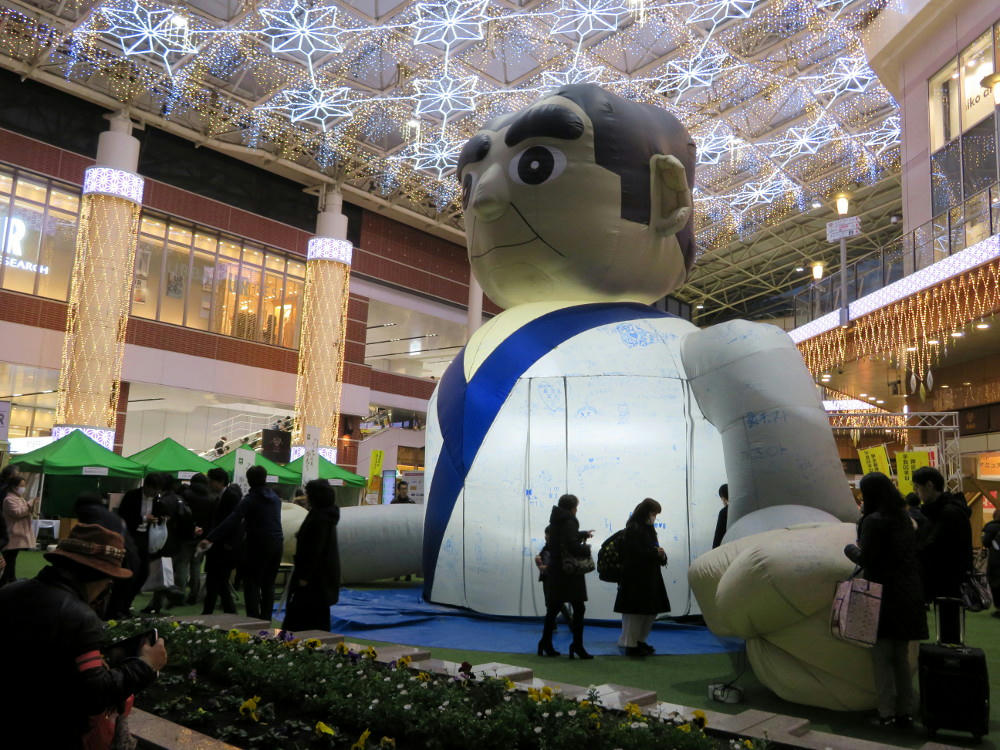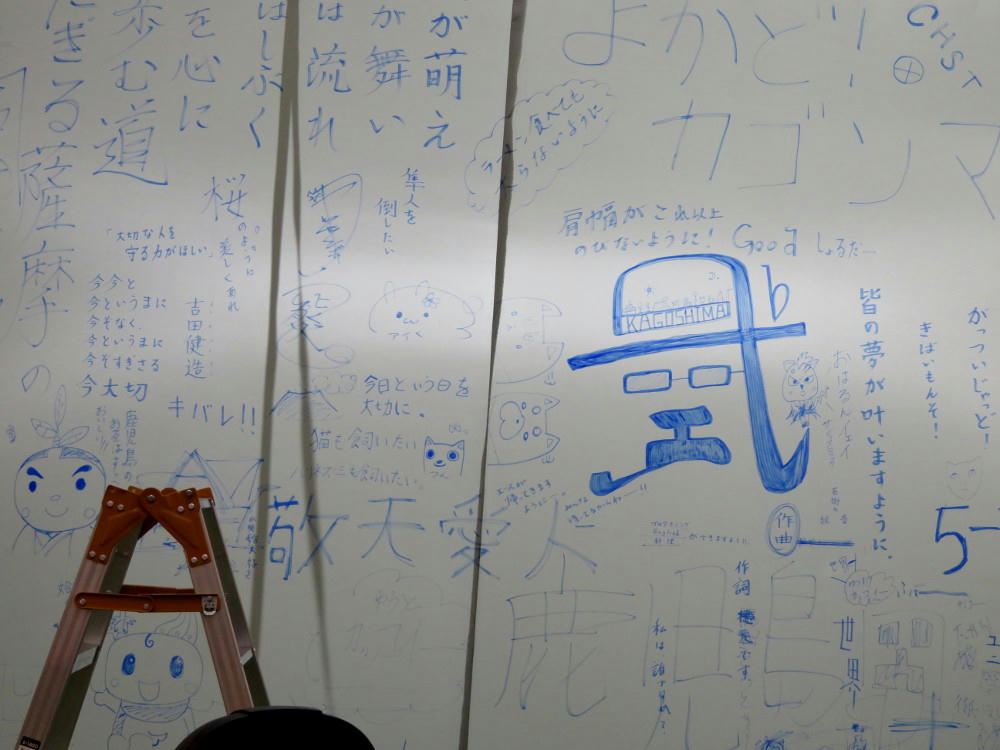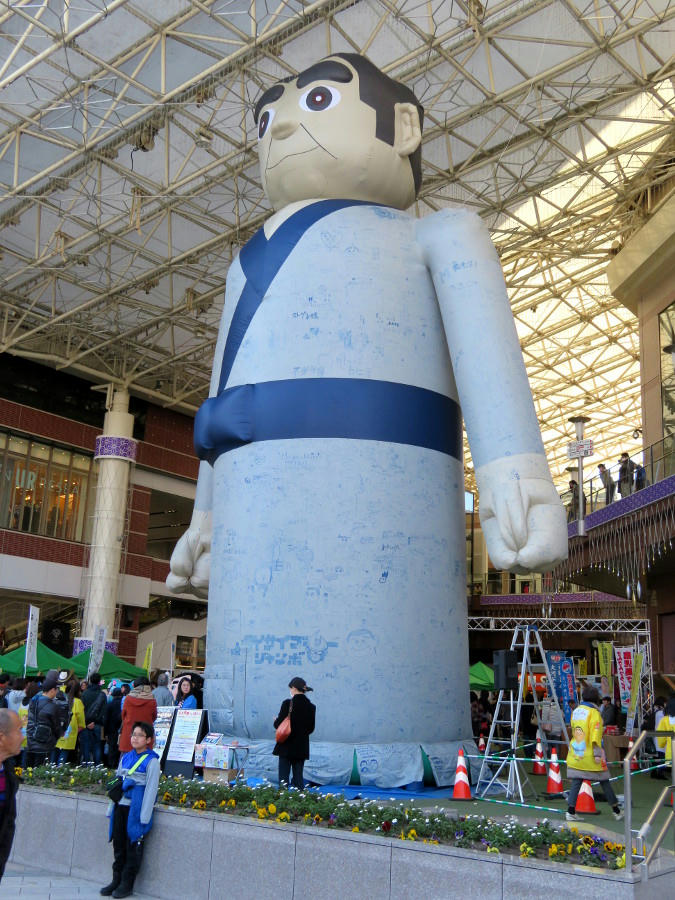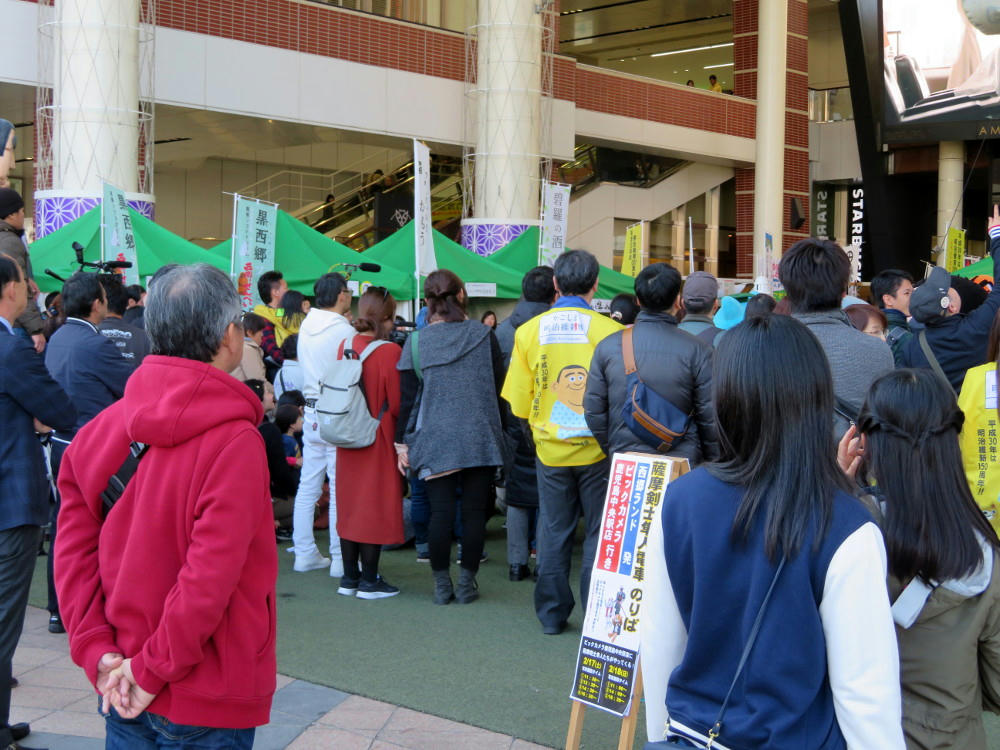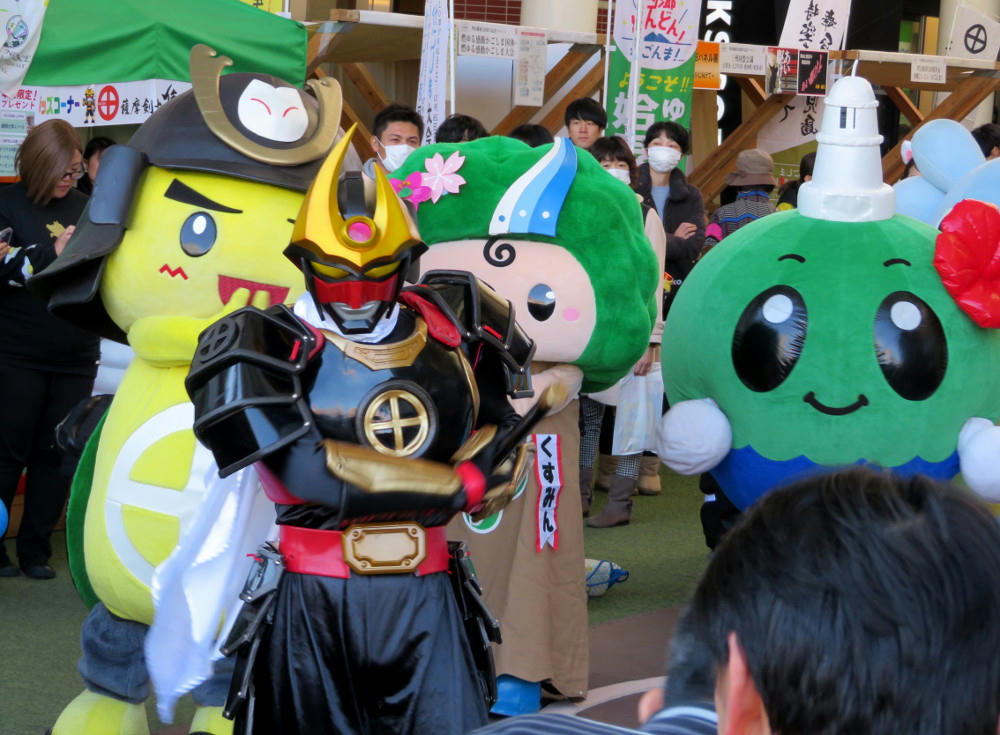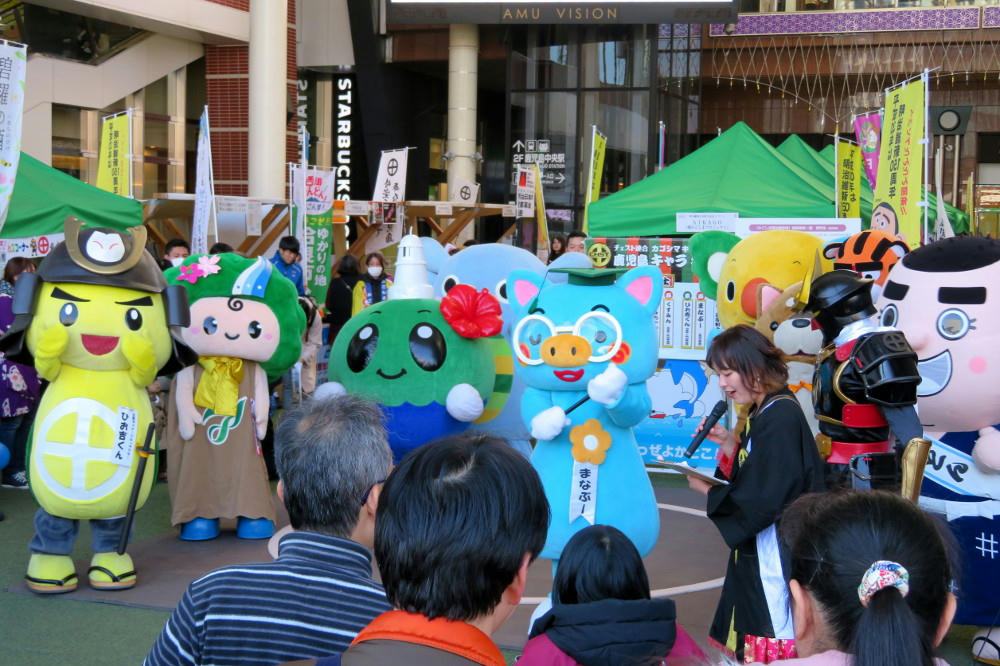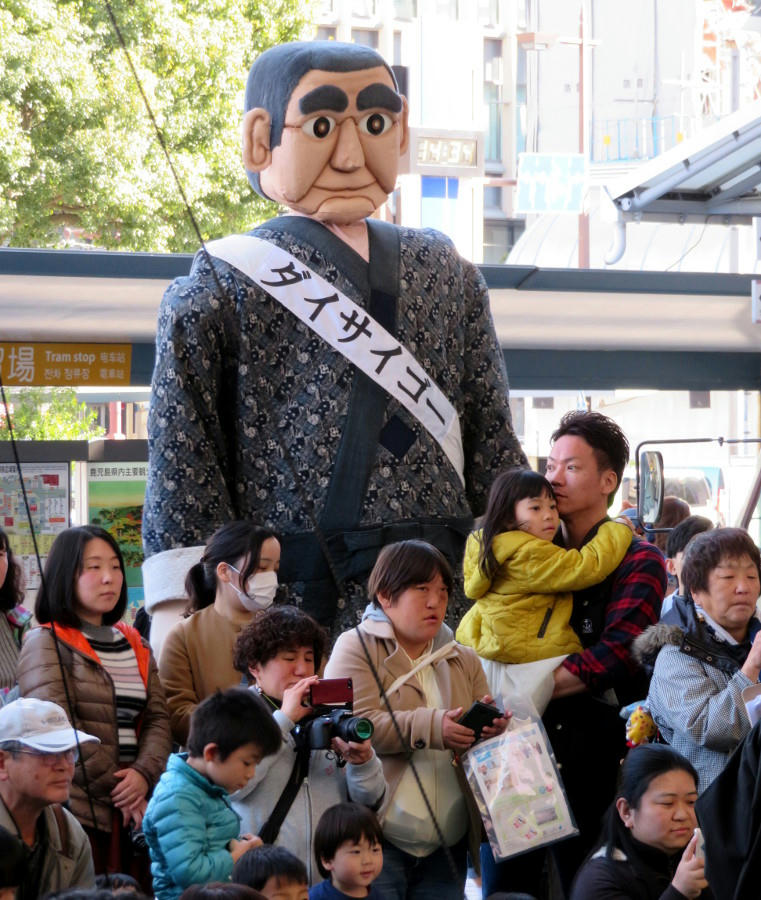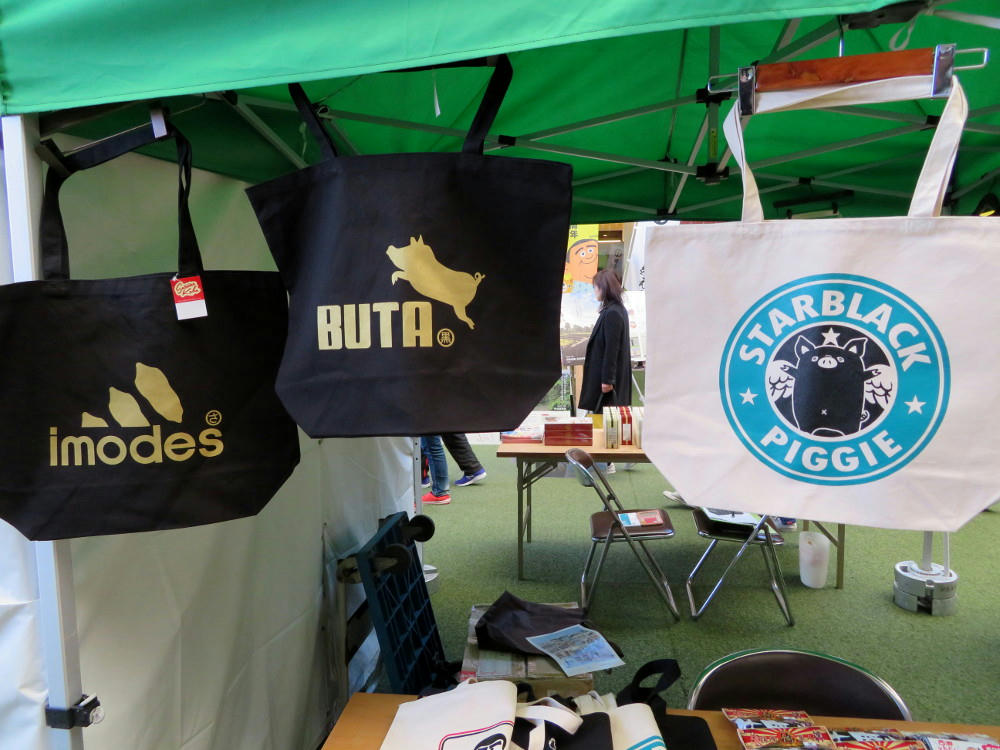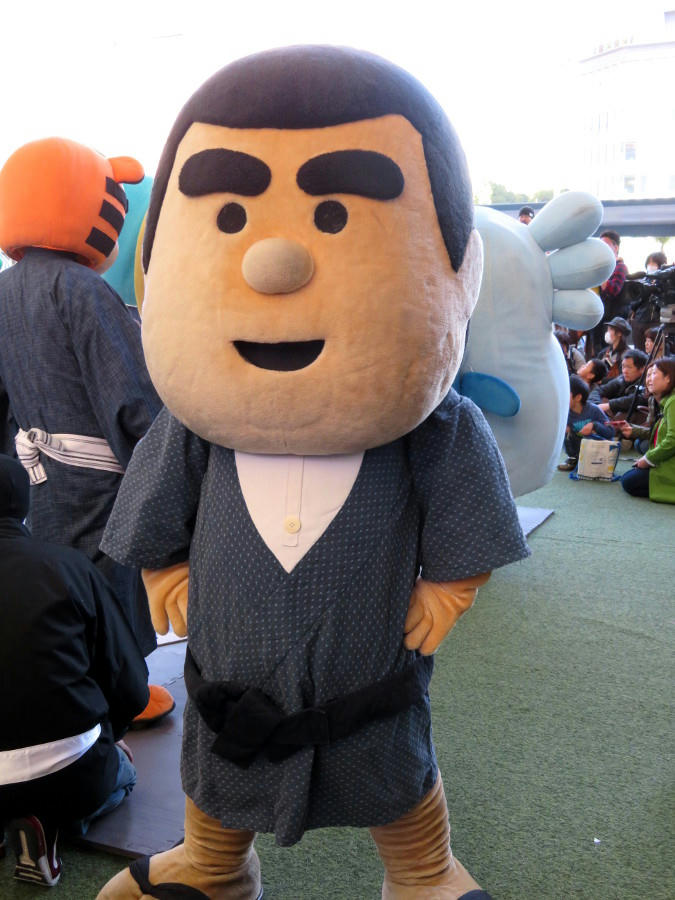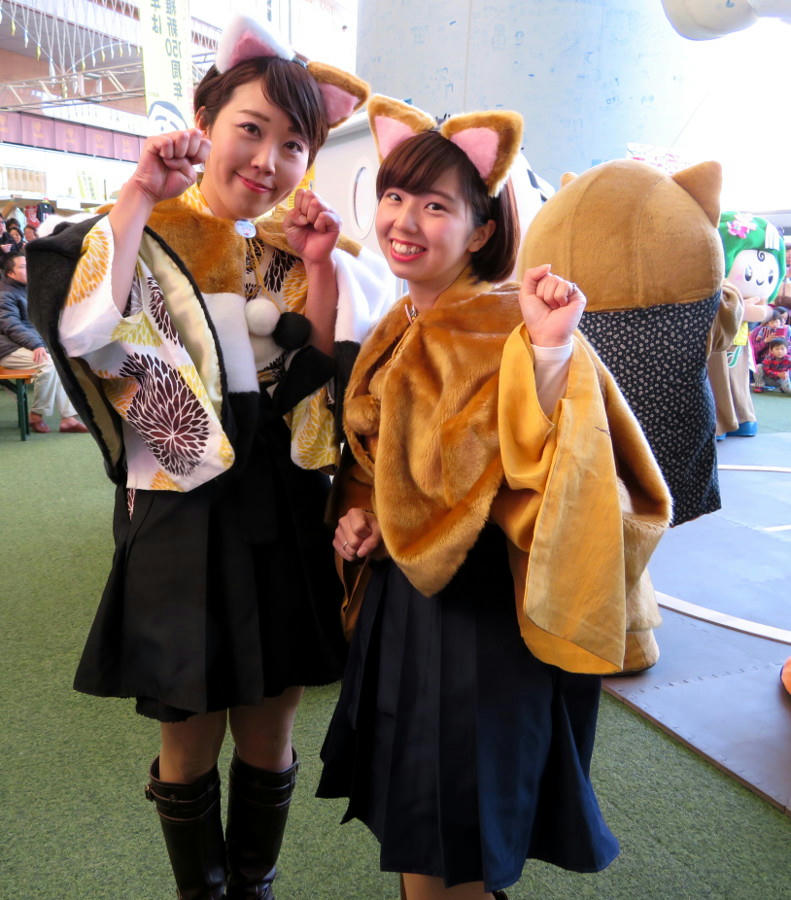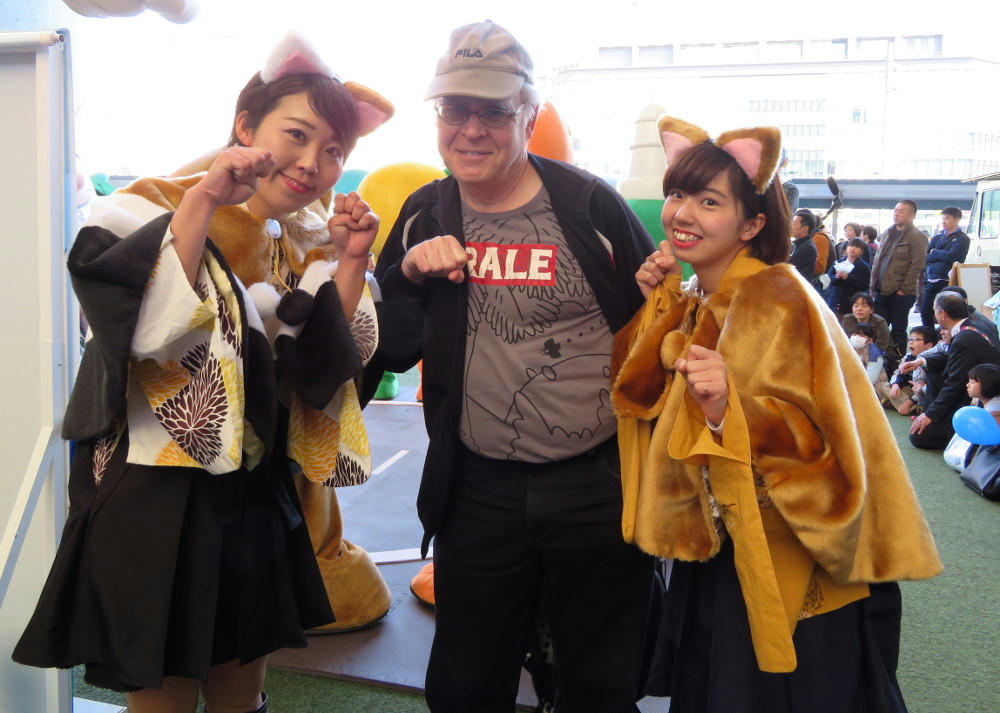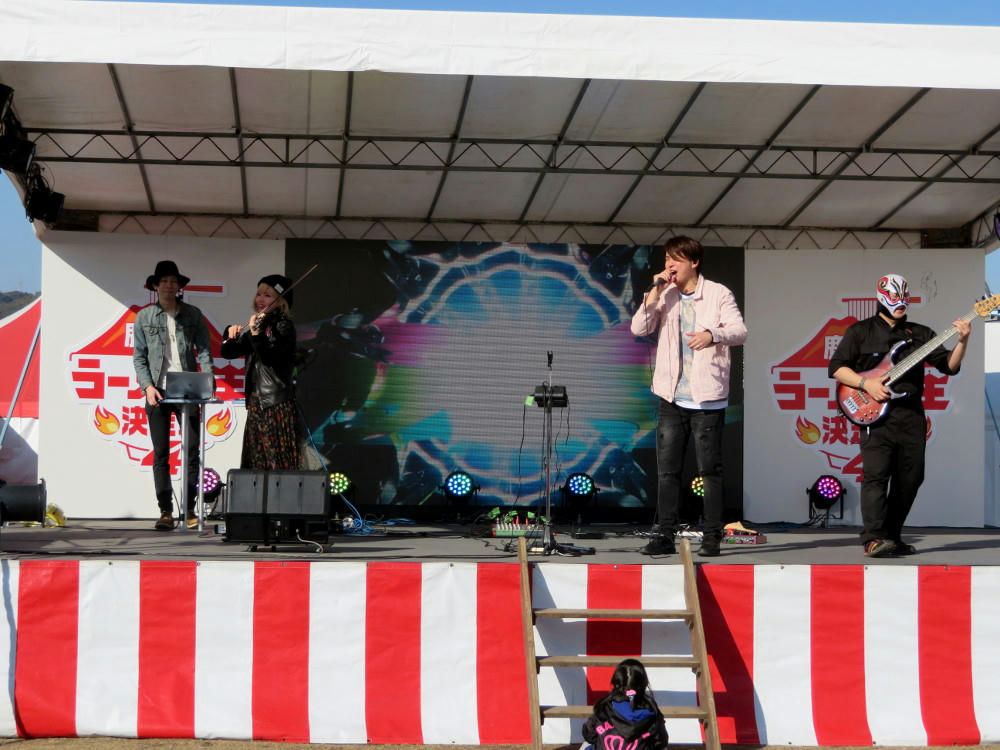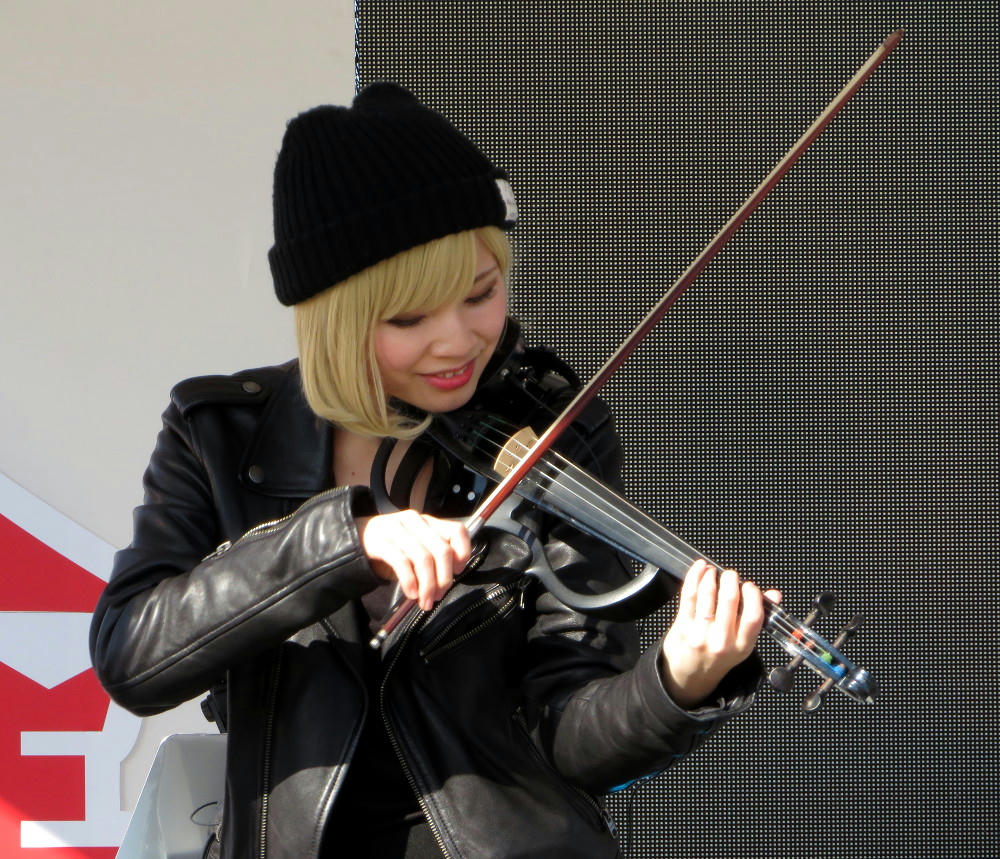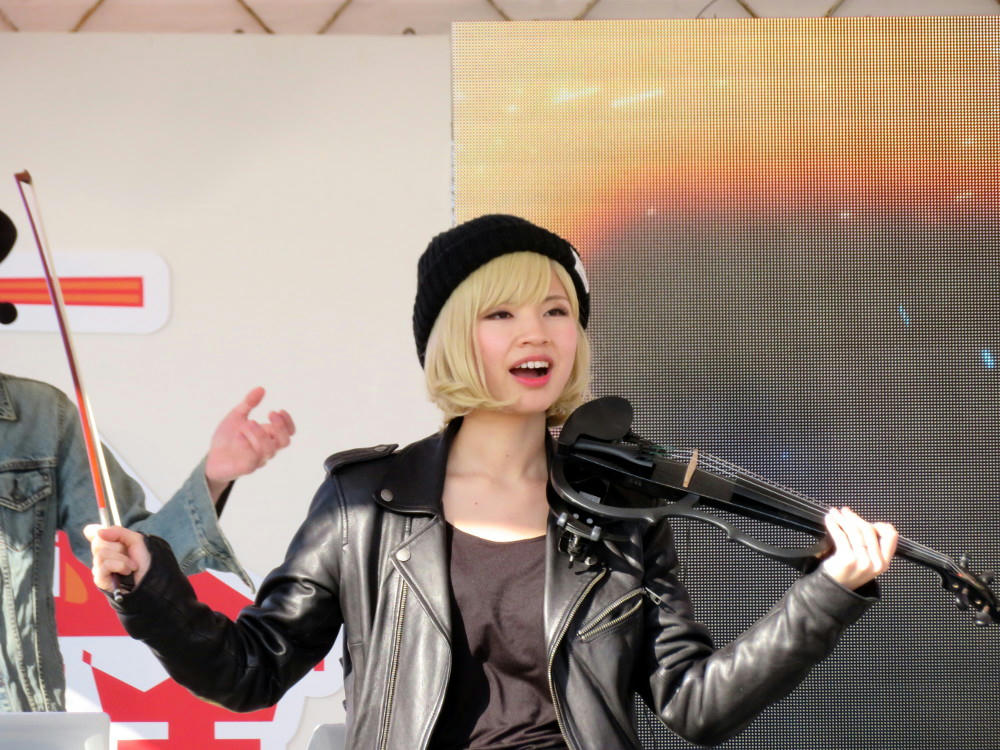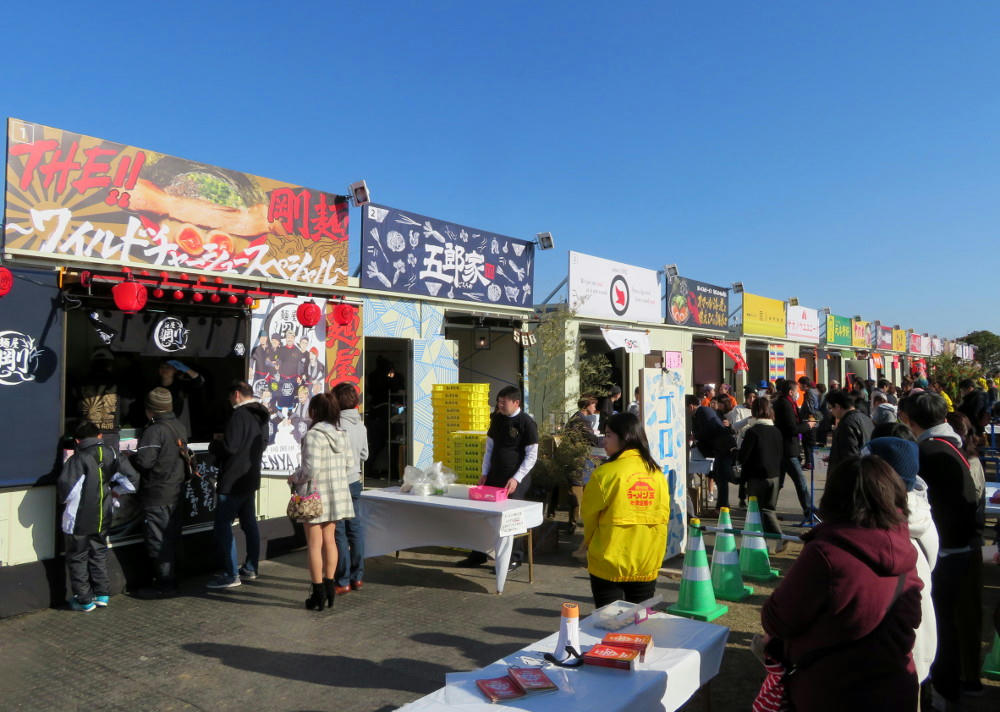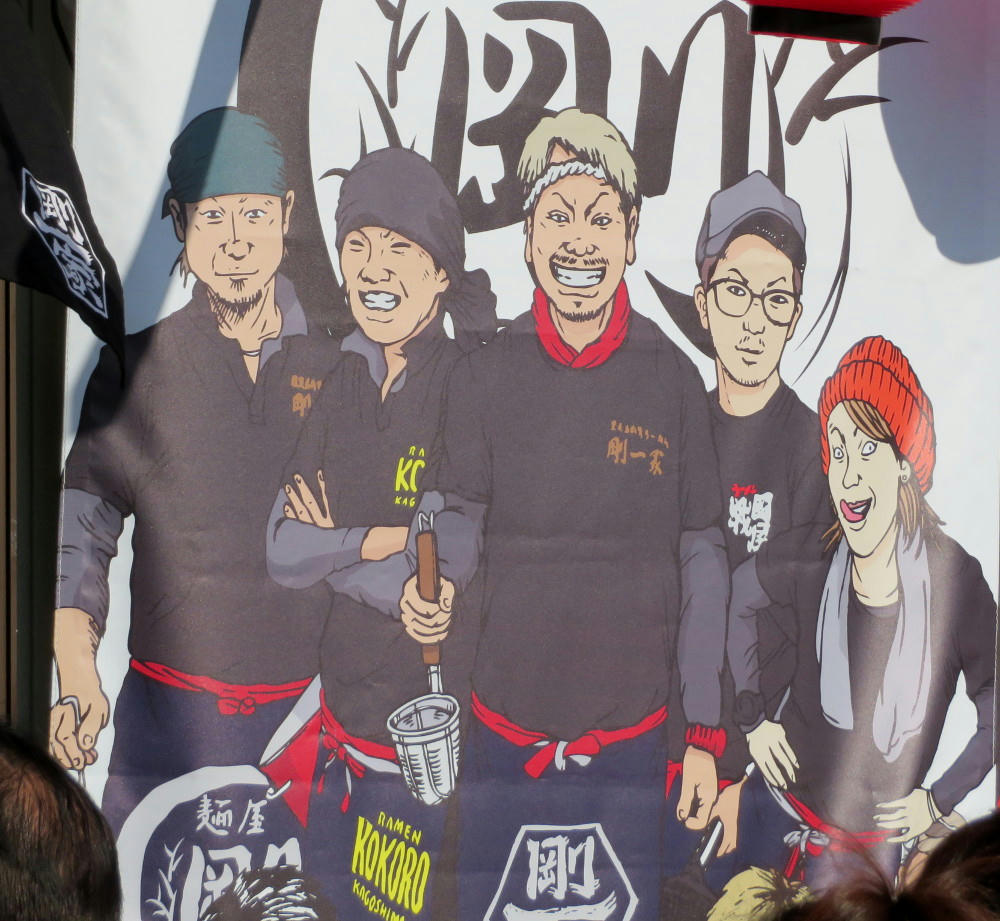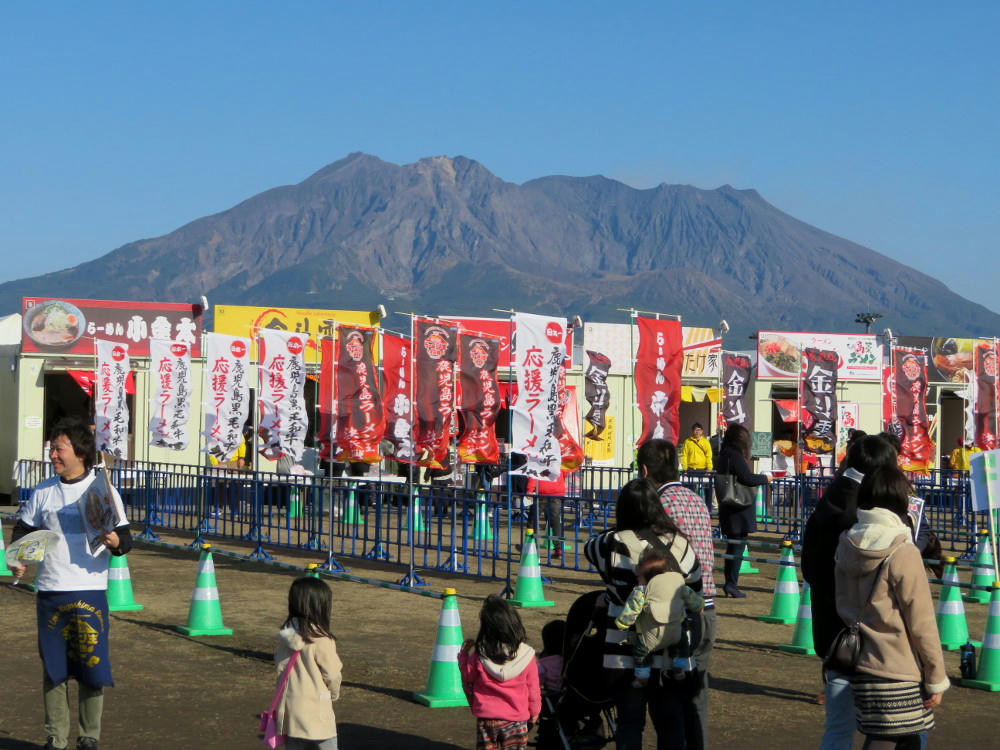(All rights belong to their owners. Image from Amazon used here for review purposes only.)
C.M.B., vol. 37, by Katou Motohiro. Grade: B
Kurosuro-do (
Crossroad,
Monthly Shonen Magajin, 2017)
Tatsuki and Shinra are bringing some scrolls or screens back to the AV room at the school, when they encounter Yokuyari and a few other classmates standing in front of a big glass-encased painting titled "Crossroads." One of the other students asks Tatsuki, as the granddaughter of the principal, what the story is behind it. She replies that it was created by a former student of the school who had gone on to become a famous artist, and that this painting is worth a few hundred thousand dollars. Yokuyari speculates that at least one other of this guy's paintings must be in the school artwork lockers somewhere, and they'd get paid a lot if they could find it. This leads a few of the students to sneak into the school that night for treasure hunting. Meanwhile, a different group of students are talking about an upcoming school art fair, and what they plan on submitting for it. Susumu Michibata is a mediocre art student, and he thinks he's failing at everything. Then he overhears two of the others talking about Crossroads, and how you could sell your soul to the devil for riches and fame. Yokuyari and the others of his group get to the art room that night, and find a weird hexagram on the floor, with a monster's face inside. One of the girls screams, attracting the attention of a teacher still in the building, and he makes them clean up the oil paint graffiti with kerosene.
The next day, Michibata is completely zoned out, and his paintings are getting noticeably better. At the art fair, Shinra has a display of minerals and shells for sale, and Michibata asks to borrow one of the shiny ammonites. Shinra loans it to him. From here, little things start going wrong. There's a weird smell of kerosene in the hallways in the mornings, the art room key keeps disappearing, students get strange feelings that something has changed in the art room (like the statues and paintings on the wall), and rumors swirl that Michibata had indeed sold his soul to become a better painter. His painting of the ammonite is really, really good, but the boy can't explain why he's improving. The other classmates go to Shinra's museum to get answers. Shinra relates the story of
Robert Johnson going to the crossroads at midnight one night and selling his soul to become a better blues player. He adds that other countries, including Japan, have their
own beliefs in the magic inherent in crossroads. Then, he ends saying that the Robert Johnson story had been told as a joke. The students return to the school and go to the art room, where they're still convinced something's off. When one of them tries to touch one of the statues, the lights turn off and there's a loud thud. When the lights turn on again, all of the paintings have morphed into monster faces. The kids run out into the hallway where they run into a ghost.
Questions: What's going on? Did Michibata sign a pact with the devil? Is everyone going to die now?
Natural history: Just the talk about Johnson and the crossroads myths.
Payment: The other students have do what Shinra tells them.
----- Spoilers -----
The ghost is just Shinra, standing in the hall. He tells the kids to look at the floor, and they realize that the paintings that had been on the wall had floor tile designs painted onto their backs. Looking closer at the walls behind the statues, they discover paint splatters everywhere. Turns out that after overhearing the crossroads story, Michibata had stayed in the art room late to keep practicing. At one point, he was carrying his palette with fresh oil paint, and tripped, spraying paint all over the floor and walls. He moved the statues and other paintings around to block the splatter on the walls, then painted over the smear on the floor with the hexagram to hide it. After that, he'd been sneaking into the room to clean everything up bit by bit, hence the smell of kerosene in the mornings. After giving his explanation, Shinra tells the other students to help clean up the remaining paint. Later, the principal is visited by the school's famous alumni, who is asked how he'd gotten so good. The artist says that it was because he chose to paint more beautiful subjects. The story ends with Michibata returning the ammonite and asking what else there is to borrow. (The moral is that you don't get better by painting what the schools and teachers tell you to paint, you get better by painting beautiful stuff.)
Shuro no Koin (Palm Tree Coin,
Monthly Shonen Magajin, 2017)
The story starts with some guy hiding outside of a village in a war-torn part of the Balkan region, with soldiers executing the other villagers. He returns home to find his parents, wife and two children dead. He runs to the church, where the priest is propped up against the outside wall, dying from a bullet wound in his chest. The guy begs the priest for a miracle, and the priest gives him a small coin instead. In the present, Shinra and Tatsumi are at an outdoor cafe in Athens, Greece, along with the black market witch - Mou. Mou has 3 coins with palm trees stamped on them, which she thinks are the key to a hidden treasure, and Shinra is unimpressed. The boy identifies them as being ancient Greek coins, saying that lots of them keep getting found so they're not worth much. He gives a little history lesson on the centuries-long strife plaguing the Balkans, and Mou jumps in, claiming that there's one small village that has managed to survive all that. According to rumors, a researcher from the Athens university had visited the town, and was told that there's something mysterious about these coins. Mou puts them in a bag and sets it on the table, and almost immediately after a helmeted guy on a motorcycle zips by and steals the bag. Mou blames Shinra for not paying enough attention, and demands that he help get the coins back.
They rent horses, and ride a bunch of mountain trails out to the village. Along the way, Shinra talks about the development of law, from
Hammurabi's "an eye for an eye, a tooth for a tooth", up to modern-day interpretations. They get to the village, and three older angry men direct them to the nearby small church. Inside is a wooden altar, with two clock faces built into the front, with one pointing to 6:22, and the other to 11:34. The numbers are all represented by Greek letters, and above the right clock is a picture of a crescent moon. Otherwise, there's nothing special there. They go to a cafe and eat lunch, and Shinra continues his law history lesson. We get another flashback to the man and the priest. The man demands to know what the coin means, and the priest leans forward to whisper in his ear. The man screams in despair. That night, Shinra, Mou and Tatsumi return to the church at 11:34 to see if anything else is going to happen. They step inside and Mou notices the moonlight shining through one of the windows is falling squarely on a palm frond-shaped candlestick. She grabs that, then two guys in gas masks enter the church, spray tear gas at them, and make off with the candlestick.
Questions: Who's following them and stealing their treasures? Why? What's the secret behind the coins, and the altar clocks? When will all of this end?
Natural history: Just the history lessons of the Balkan region and Hammurabi law.
Payment: Nothing mentioned.
----- Spoilers -----
The next day, the three are at an outdoor cafe again, and Mou insists that this puzzle is all about money. Shinra gets bored and says, "if that's so, here, have 100 Euros." Mou greedily grabs the bill, proving that the entire thing has been a trick set up by Mou herself, with the "thieves" being played by her minions. If she'd really thought the coins or candlestick were worth anything, she'd never have let go of them. Mou jumps up on the wall behind her, puts on a helmet and jumps off backwards to land on a passing motorcycle. Shinra says that the moonlight falling on the candlestick was just a coincidence, and that it's probably worthless. The big mystery is a lot more cruel.
The main letters on the altar clocks (3-6-9-12) spell out Matthew and Luke in Greek. The clock hand positions, taking into account the crescent moon meaning PM, point to Matthew 18:22 and Luke 23:34 of the New Testament, in which Christ tells his disciples to forgive any transgressions against them, and when he's on the cross saying, "Father, forgive them, for they do not know what they are doing." In essence, the reason this small village had survived for so long is that they never fought back in revenge (breaking the "eye for an eye" chain of eternal fighting). In the flashback, the priest's last words are "forgive them." The father screams in agony. Shinra adds that the reason is that God's promise is for the meek to be rewarded in Heaven.
KoukuA-11 (Mining Area A-11,
Monthly Shonen Magajin, 2017)
The year is 2075. Mankind has gone back to the stars, and one corporation has started up an asteroid mining operation on the moon. Their approach is to capture asteroids and put them into orbits around the moon. One worker lives on each asteroid, accompanied by a host of AI-equipped robots. Robot workers do most of the mining, the human is just there to oversee things. If necessary, they have a high-powered rifle with soft slugs for breaking up harder rocks or unsticking stuck equipment. In this setting, Det. Tatsuki is teamed up with astro-engineer Shinra to fly to one asteroid to investigate the death of Magnus, one of the asteroid miners. There's no one else on that asteroid, and the robots are programed to follow Asimov's Three Laws of Robotics, and therefore can not cause injury to, or kill a human. On the other hand, Magnus' suited body was found out on the surface of the asteroid, dead, with an apparent bullet hole in the front chest area of the suit.
There are a couple jokes where Tatsuki thinks they've met before, somewhere, and Shinra saying "nope, this is the first time." But otherwise, the story is played like one of Asimov's murder mysteries, with Tatsuki suspecting Pal, Magnus' main companion robot, of killing him somehow (cause of death - a soft slug to the chest). Every time they ask questions about how or why Magnus died, Pal either stops replying, or shuts down. In the housing shelter on the asteroid, they find the rifle, still in its case, but the 7-round clip is empty. And, the main computer has been programmed to show the asteroid's orbit around the moon. Tatsuki is working against the clock on this case. The shuttle rocket can only visit the asteroid once every 28 hours, and before it comes back, a solar flare aimed their way will hit the moon, requiring that all the robots be secured and shut off to prevent damage to them.
Questions: Who or what killed Magnus? Why do the robots refuse to answer direct questions? If Magnus had wanted to kill himself, how could he have pulled the trigger on the rifle, given that the barrel is too long when pointed at his chest? Then, how did the rifle get put back in its case, with the clip removed? What else can go wrong now?
Natural history: Nothing. Just repeated discussions of the repercussions of Asimov's Three Laws.
Payment: Nothing mentioned
----- Summary -----
There are a few more clues. The main one is that Magnus' mother had died on Earth a few months ago, and the company had not allowed him to leave the asteroid to attend her funeral. Plus, a bottle of sleeping pills is near-empty, and a couple bags of blood are missing from the medbay refrigerator. Shinra speculates that Magnus had slipped into despair while missing his mother, and had tried committing suicide several times, only to be stopped by the medbots (which needed to give him blood transfusions). The robots can't answer direct questions about Magnus' behavior because that would "damage" his reputation, hence violating one of the 3 laws. As a last resort, Magnus had plotted his orbit around the moon, took the mining rifle outside the shelter, and fired 7 shots at the moon in the opposite direction of his own trajectory. The bullets entered a near-stable orbit around the moon. Magnus then returned to the shelter to take the clip out of the rifle, and put both pieces away in the storage case. Then he waited. When the time came, he went back outside and set himself up as a target, getting hit by one of the rounds in the chest (the other 6 just impacted the asteroid around him). When faced with the truth, Pal escapes the shelter and races across the surface of the asteroid just minutes before the solar flare is to reach them. Shinra is afraid that Pal's memory will be erased by the flare, but Tatsuki has grabbed the rifle (no idea where she gets the bullet from) and she shoots one of Pal's tires, disabling it. They get Pal back to the shelter in time. After the flare passes, Pal states that yes, Magnus had gone suicidal after the death of his mother. This information is relayed back to the company HQ, where they vow to change their HR policies. Shinra tells Pal that its information will save future human lives, and it says that it is happy about that.
Neko no Shippo (Cat's Tail,
Monthly Shonen Magajin, 2017)
In a town in Japan that is just like any other town here, there are people that like to spread rumors. One rumor is that Sekine, an electrician, has disappeared. One story is that he ran off with a woman, another is that he stole money from his shop and ran away, and a third is that he was checked into a hospital. Meanwhile, Shinra and Tatsuki are nearby, talking to an antique maps expert. They're on a hill overlooking the town, and the old man says that there used to be a painter, Ryouga Itou, that used to spend all his time painting from this hill before the big war. After he died, his paintings were put into storage until his widow bequeathed them to a local museum. When the paintings were unboxed, the curator discovered that the widow had written on the back of one of them "There is gold at the cat's tail." (The electrician, Sekine, was repairing the lights in the room at the time of the unboxing.)
The story switches back to Shun Furuta, an elementary school student. He'd suffered a severe food allergy after eating bread at school the day before and had been hospitalized for a short time. His mother then had him stay at home the next day, where he gets a visit from two classmates, Tomonari (Tomo) and Yuusuke (Yuu). Shun's parents had divorced, and he's staying with his mother now. In the morning, she works as a check-out clerk at a supermarket, and in the afternoon she's a climbing instructor at a gym. Right now, she's at her afternoon job, as the kids talk about the latest rumor - that of the gold at the cat's tail. The most obvious place to look first is at Nekota Jinja (Cat Field Shrine), which is at the top of a tall crag on the ocean coast line. Shun talks the other two into going to the shrine with him. When they get there, they're confronted by an imposing tall rock that's normally closed to the public except for big festivals twice a year. The kids climb part of the way up, then get stuck. Fortunately, Shinra and Tatsuki are out visiting the shrine as well and they spot the kids halfway up the rock. Shinra finds a rope with some buoys, and Tatsuki uses that by throwing one end over the branch of a tree growing where the boys are trapped and then climbing up to them.
The kids are lowered back down to the beach, then Shun gets a call on his cell phone. He's expecting to be yelled at by his mother, but it turns out the call is from the hospital. His mother had been belaying a climbing student when he slipped off the wall and landed on her leg, twisting her ankle. She'll be fine, but she won't be able to work either job for a couple weeks. Shun decides that he's going to find the gold so his mother won't need to work anymore. He, Tomo and Yuu return to the crag, where Tatsuki's rope is still dangling from the tree. They use that to reach the top of the crag, and find the shrine at the top. Inside is a statue of a "beckoning cat." Its tail just points to a blank wall, so they go outside and look behind the shrine, where they find a half-concealed cave entrance. Shun starts descending into the cave, then he suddenly grabs Yuu and they disappear from sight. At the same time, Shinra and Tatsuki encounter Shun's mother hobbling around the streets, looking angry. She says that she can't find her son, and he's turned off his phone. Tatsuki remembers leaving the rope on the tree, and Shun's mother suspects that her son wants the rumored gold to help her out. They get to the crag, and spot Tomo at the top. The woman struggles to climb up the rock face on her own, while Tatsuki takes more time to rock climb up, and Shinra uses the ropes.
Questions: What do Shinra and the others discover when they get to the top? What's the secret of the cave? If the electrician tried to get the gold too, why hasn't he been seen since? Is there any gold at all? Why is there no sound coming out of the cave?
Natural history: Nothing specific.
Payment: Nothing mentioned.
----- Spoilers -----
The rumors of the gold go back to before WW II, so why has no one ever found it before this? One answer is that the very deep cave is like a natural carnivorous pitcher pot flower. The inside is slick and steep - once someone slips and falls inside, they can never get back out. The two boys have landed on one narrow ledge, and the electrician is immobile, but groaning, on another. Shinra tells the boy's mother to call the police and to let professional rescuers handle this. After everyone is safely out of the cave, Shinra has them climb up to the top of the grassy hill that the painter, Itou, used to visit when making his paintings. The key to the mystery is that Nekota shrine is on a crag named Ekajirajima, which translates to "Bay Island," a common place name in Japan. But there's no bay here. In fact, there had been a bay, but a big earthquake hit the area around the time of the war, that had submerged the bayside land, leaving the crag and a few spikes of land sitting out of the water a few hundred feet out. Using the old map that Shinra had seen before, he draws on a clear acrylic board a spit of land out from the beach, then outlines the rest of the town. The spit of land turns into a paw, and the town is the form of a resting cat. Following the river from the inland side of the town takes everyone up to the mouth of the river at the top of the hill near where the painter used to work. So, the cat's tail is the river, and the "treasure" is just the view of the town from this hill. Shun asks about the gold, and is told that that's a story the boy himself is going to tell.
Some time later, Shun is selling "Mystery of the Cat's Tail" tours for 500 yen each, and relating pretty much the same story that Shinra did. One of the tourists asks about the gold, and Shun answers that back before the War, most of the town was just rice fields. When the sun set in the afternoons, the light reflecting off the rice and water would turn color, and the entire "cat" (i.e. - the area occupied by the modern city now) would look golden.
Summary: I really prefer the stories with a lot of science and/or natural history, and we're not getting much of that in this volume. The background on Robert Johnson, and the meaning of palm trees on coins (for victory, peace and/or prosperity) is pretty superficial. The bit on the 3 Laws was ok, but Shinra and Tatsumi run around on the asteroid as if they're at Earth-like gravity, so that was a bit of a plot hole. The need for the rifle for breaking up small rocks is also contrived. Overall, pretty much par for the course for this series. The artwork is good, and the character designs don't change from page to page too much. Recommended if you like C.M.B. as a whole.

